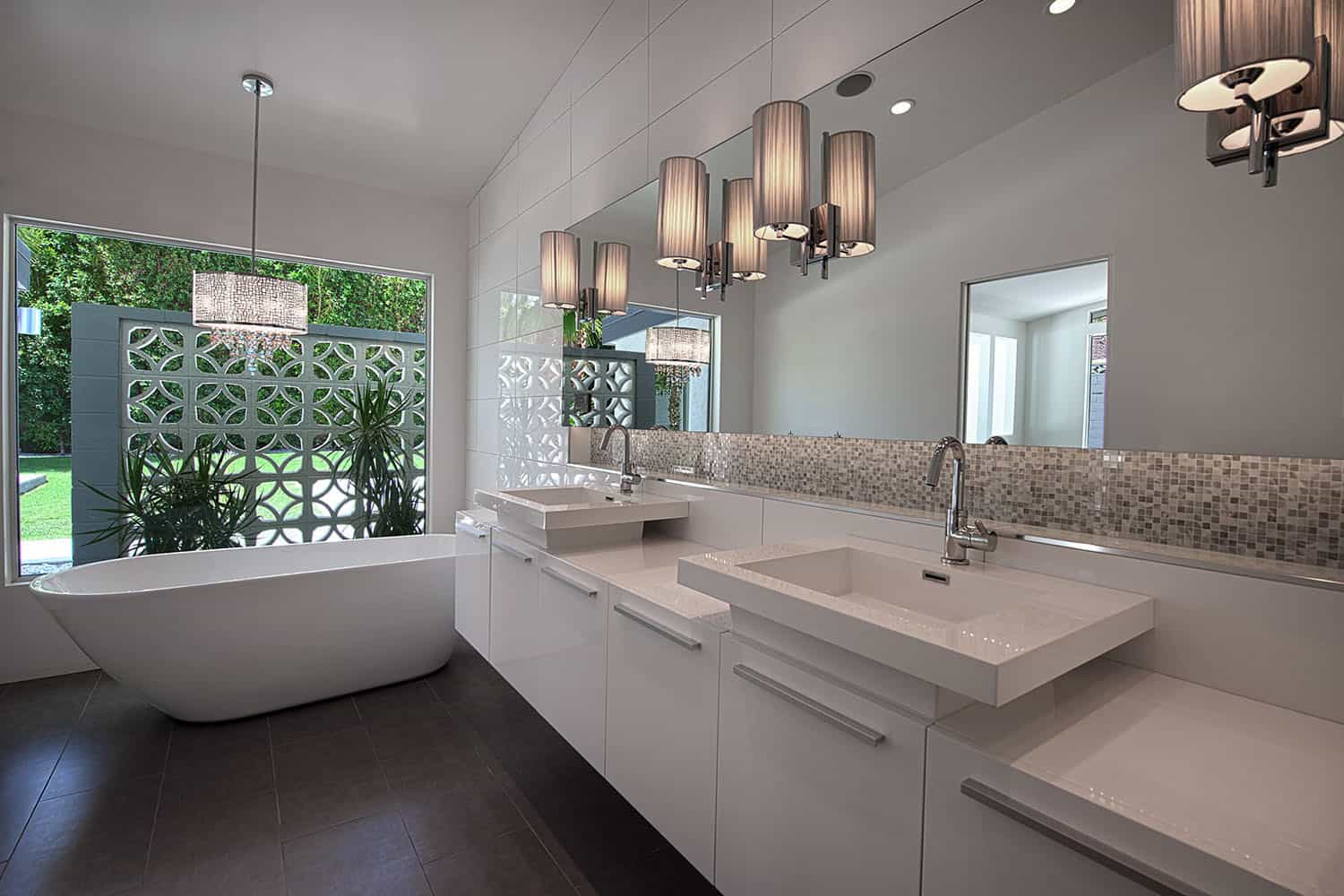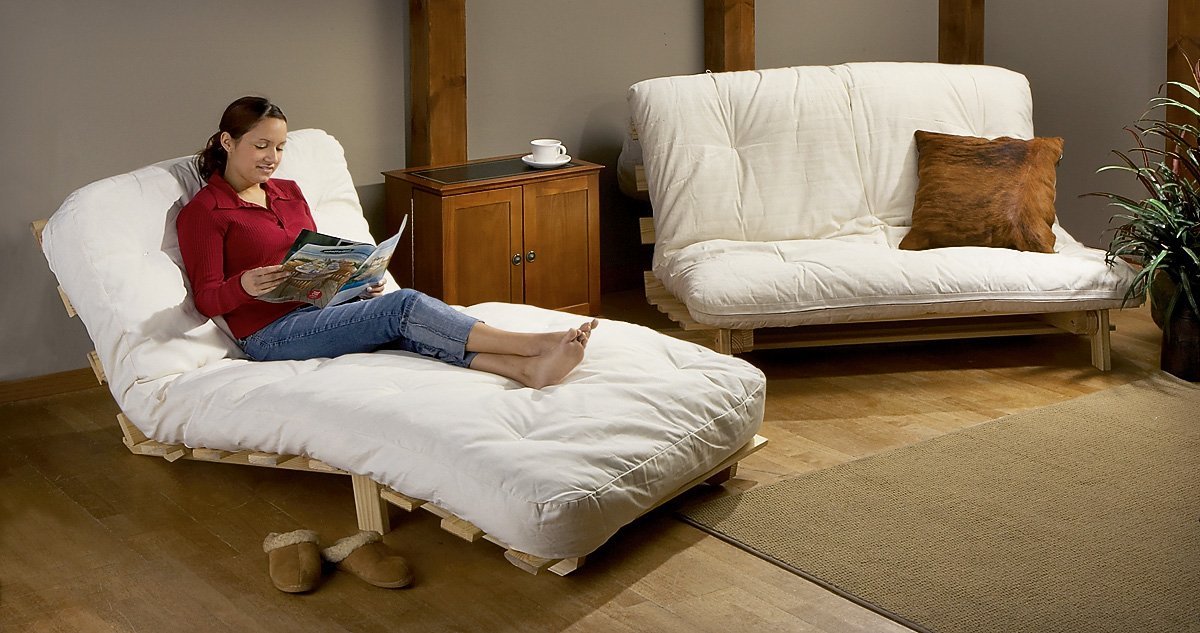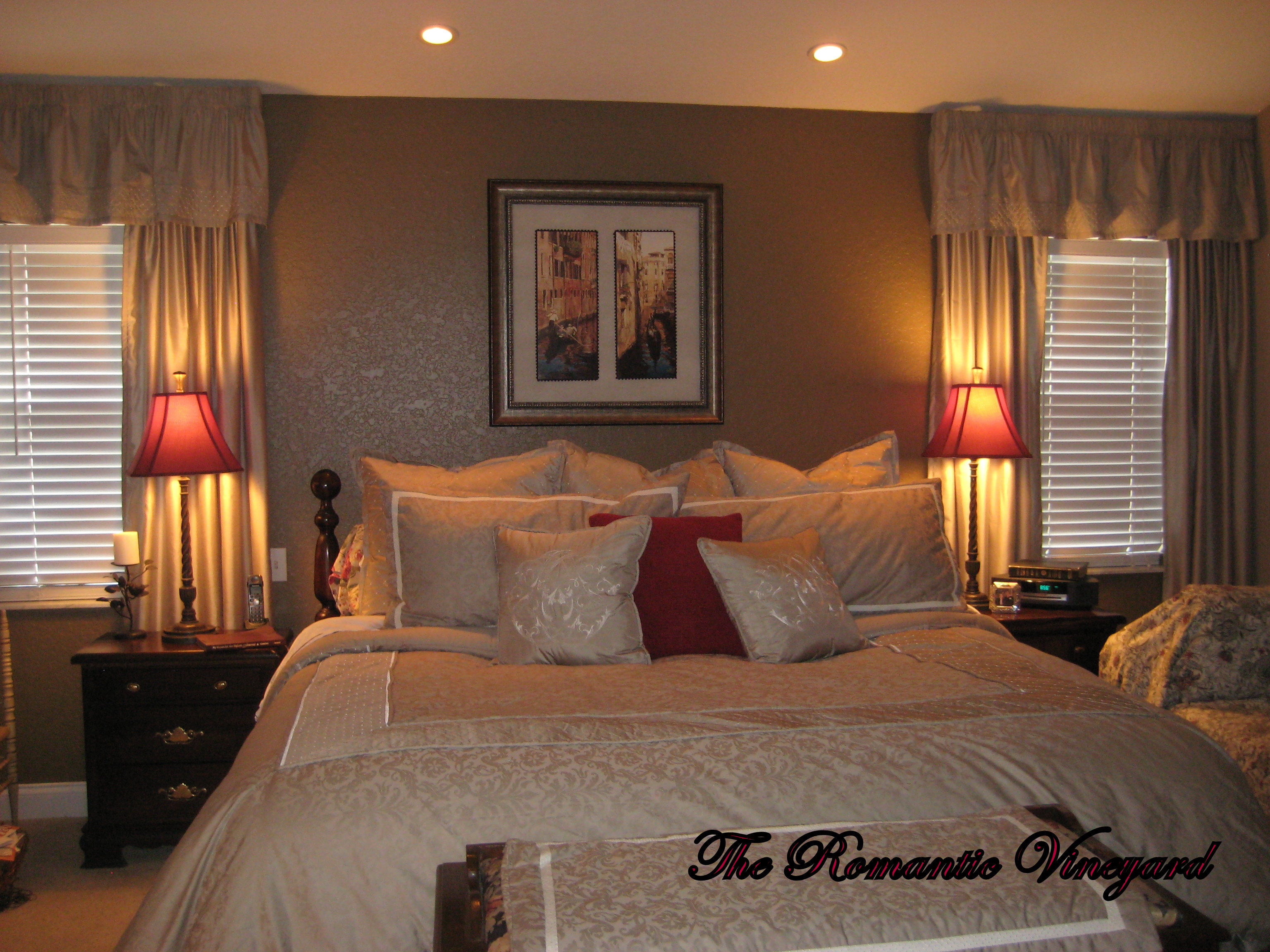Hardwood flooring is a timeless and classic choice for separating your kitchen and living room on the main floor. It adds warmth and elegance to any space, making it a popular option for homeowners. With its natural beauty and durability, hardwood flooring is a long-term investment that can increase the value of your home.Hardwood Flooring
If you want the look of hardwood flooring without the high price tag, laminate flooring is a great alternative. It is made to look like real wood but is much more affordable and easier to maintain. Laminate flooring is also a good option for households with pets and kids, as it is scratch-resistant and easy to clean.Laminate Flooring
Vinyl flooring is another budget-friendly option for separating your kitchen and living room. It comes in a wide range of styles and designs, including ones that mimic the look of hardwood or tile. Vinyl flooring is also waterproof and durable, making it a practical choice for high-traffic areas.Vinyl Flooring
For a more luxurious and modern look, tile flooring is a popular choice for separating your kitchen and living room. It is durable, easy to clean, and comes in a variety of styles and designs. From ceramic to porcelain to natural stone, you can choose the perfect tile to complement your home's aesthetic.Tile Flooring
Engineered wood flooring is a great compromise between hardwood and laminate flooring. It is made from real wood but has a plywood or high-density fiberboard (HDF) core, making it more affordable and resistant to moisture. Engineered wood flooring is also easy to install and can be sanded and refinished multiple times.Engineered Wood Flooring
Cork flooring is a unique and eco-friendly option for separating your kitchen and living room. It is made from the bark of cork trees, making it a renewable resource. Cork flooring is also soft and comfortable underfoot, making it a great choice for areas where you stand for long periods, like the kitchen.Cork Flooring
Similar to hardwood flooring, bamboo flooring is a durable and stylish choice for separating your kitchen and living room. It is made from bamboo grass, making it a sustainable and eco-friendly option. Bamboo flooring is also resistant to moisture and easy to maintain, making it a practical choice for busy households.Bamboo Flooring
If you want a cozy and comfortable feel in your living room, carpet flooring is a popular choice. It comes in a variety of colors and textures, allowing you to customize the look of your space. Carpet flooring is also great for reducing noise and providing insulation, making it a good option for cooler climates.Carpet Flooring
For those who prefer the look of hard flooring but still want some warmth and comfort, area rugs are a great addition to your kitchen and living room. They come in a variety of sizes, patterns, and textures, allowing you to add a pop of color or tie in the design of your space. Area rugs are also easy to clean and can be changed out as often as you like to switch up the look of your room.Area Rugs
When separating your kitchen and living room with different flooring materials, it is important to have transition strips to create a seamless and safe transition. These strips come in a variety of styles and finishes to match your flooring and can also serve as a decorative element in your space. They also help prevent tripping hazards and protect the edges of your flooring from wear and tear. In conclusion, when choosing flooring for your main floor to separate your kitchen and living room, consider factors such as durability, style, and budget. With the right flooring, you can create a functional and beautiful space that adds value and charm to your home.Transition Strips
Flooring Separating Kitchen and Living Room
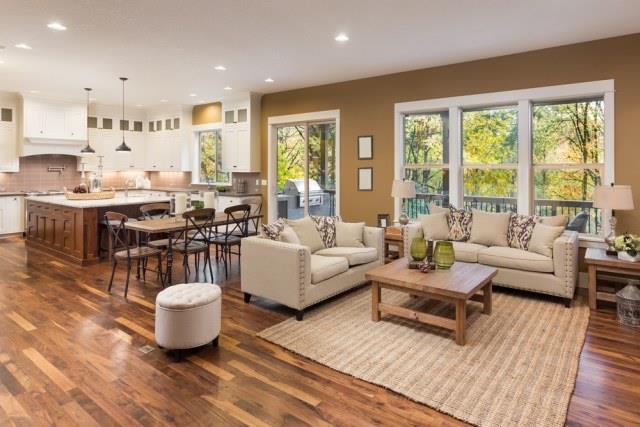
The Importance of Choosing the Right Flooring
 When it comes to designing a house, one of the most important decisions to make is choosing the right flooring. This is especially true when it comes to separating the kitchen and living room.
Flooring that separates these two areas not only adds visual appeal to the space but also serves a functional purpose.
It can create a clear distinction between the two areas while still maintaining a cohesive look throughout the house. In this article, we will explore the different types of flooring options that are suitable for separating the kitchen and living room, and why it is important to carefully consider which one to choose.
When it comes to designing a house, one of the most important decisions to make is choosing the right flooring. This is especially true when it comes to separating the kitchen and living room.
Flooring that separates these two areas not only adds visual appeal to the space but also serves a functional purpose.
It can create a clear distinction between the two areas while still maintaining a cohesive look throughout the house. In this article, we will explore the different types of flooring options that are suitable for separating the kitchen and living room, and why it is important to carefully consider which one to choose.
Types of Flooring Options
 There are various types of flooring options available in the market, each with its own unique characteristics and benefits.
When it comes to separating the kitchen and living room, the most popular options include hardwood, tile, and vinyl flooring.
Hardwood flooring adds a touch of elegance and warmth to any space, while tile flooring offers durability and versatility, making it suitable for high-traffic areas like the kitchen. Vinyl flooring, on the other hand, is a cost-effective option that comes in a variety of designs, making it a great choice for those who want to add a personal touch to their space.
There are various types of flooring options available in the market, each with its own unique characteristics and benefits.
When it comes to separating the kitchen and living room, the most popular options include hardwood, tile, and vinyl flooring.
Hardwood flooring adds a touch of elegance and warmth to any space, while tile flooring offers durability and versatility, making it suitable for high-traffic areas like the kitchen. Vinyl flooring, on the other hand, is a cost-effective option that comes in a variety of designs, making it a great choice for those who want to add a personal touch to their space.
Considerations for Choosing the Right Flooring
 When it comes to choosing the right flooring to separate the kitchen and living room, there are a few key factors to consider. First and foremost, it is important to
select a flooring material that is durable and easy to maintain, as both the kitchen and living room are high-traffic areas that are prone to spills and stains.
It is also important to consider the overall style and design of your house. If you have an open floor plan, you may want to choose flooring that complements each other and creates a cohesive look. Additionally, think about the functionality of the space and choose flooring that is suitable for your lifestyle and needs.
When it comes to choosing the right flooring to separate the kitchen and living room, there are a few key factors to consider. First and foremost, it is important to
select a flooring material that is durable and easy to maintain, as both the kitchen and living room are high-traffic areas that are prone to spills and stains.
It is also important to consider the overall style and design of your house. If you have an open floor plan, you may want to choose flooring that complements each other and creates a cohesive look. Additionally, think about the functionality of the space and choose flooring that is suitable for your lifestyle and needs.
In Conclusion
 In conclusion, choosing the right flooring for separating the kitchen and living room is a crucial aspect of house design. It not only adds visual appeal to the space but also serves a functional purpose. With various options available, it is important to carefully consider factors such as durability, design, and functionality when making your decision. So,
whether you opt for hardwood, tile, or vinyl flooring, make sure to choose the one that best suits your needs and complements your house design.
In conclusion, choosing the right flooring for separating the kitchen and living room is a crucial aspect of house design. It not only adds visual appeal to the space but also serves a functional purpose. With various options available, it is important to carefully consider factors such as durability, design, and functionality when making your decision. So,
whether you opt for hardwood, tile, or vinyl flooring, make sure to choose the one that best suits your needs and complements your house design.



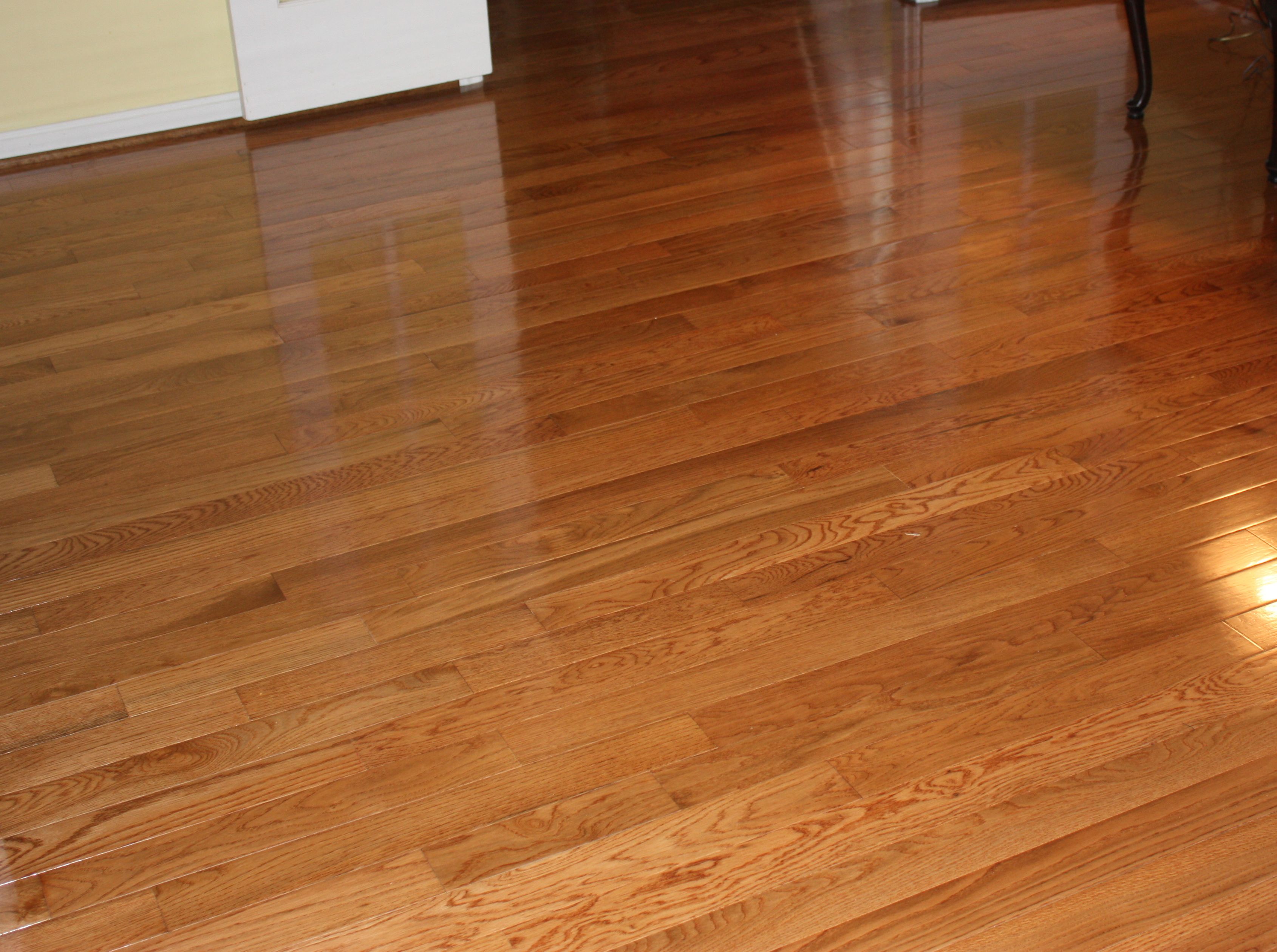
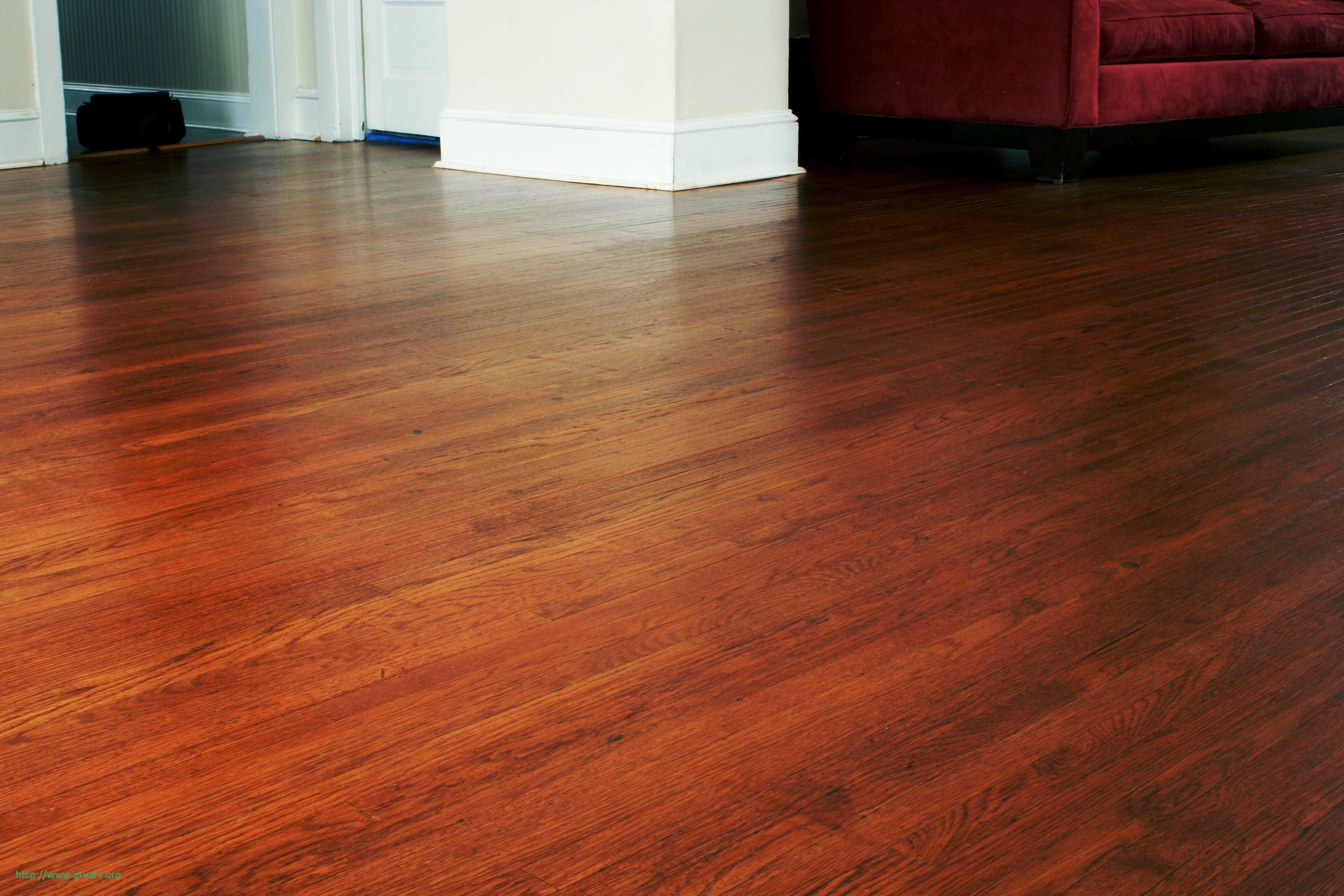

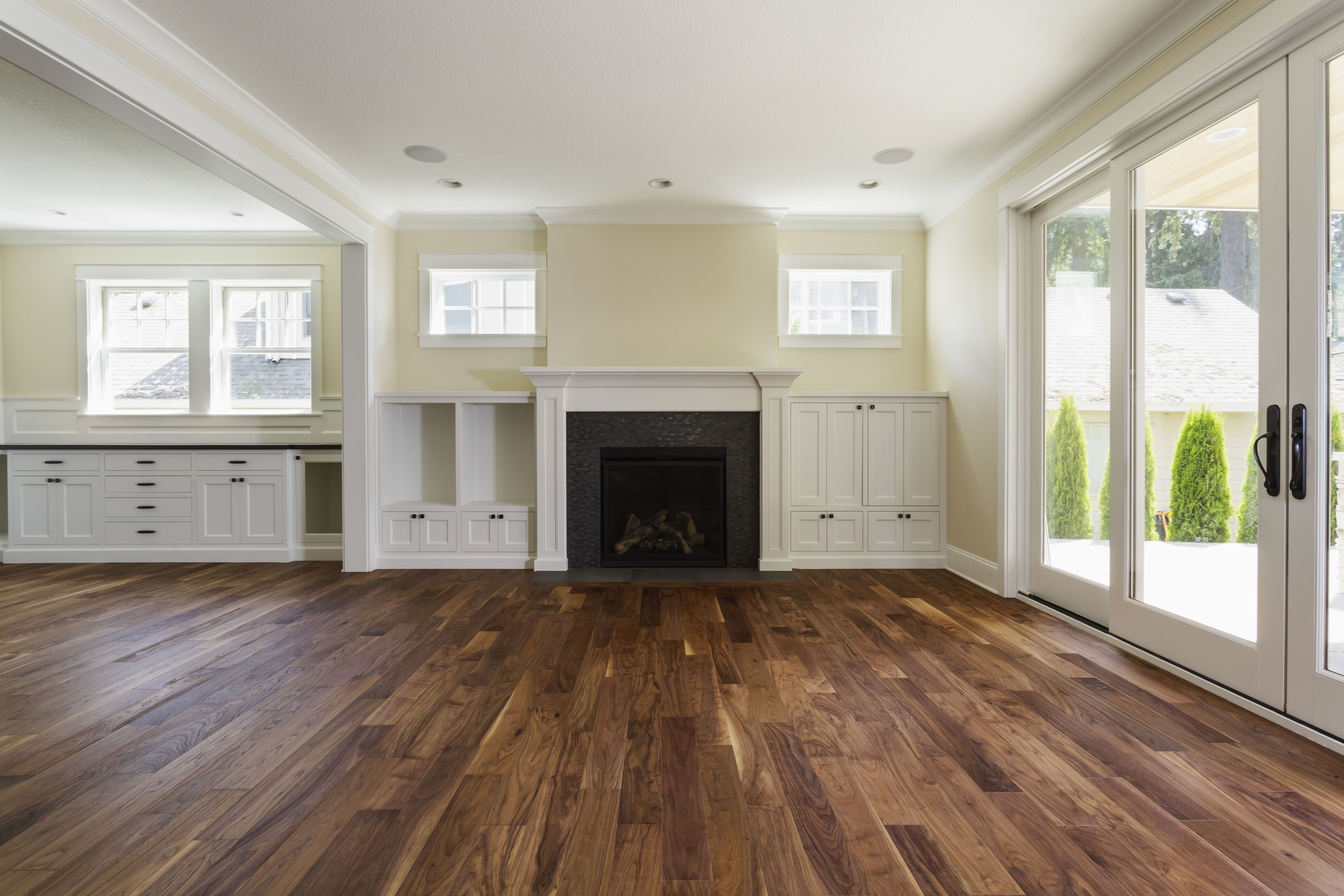
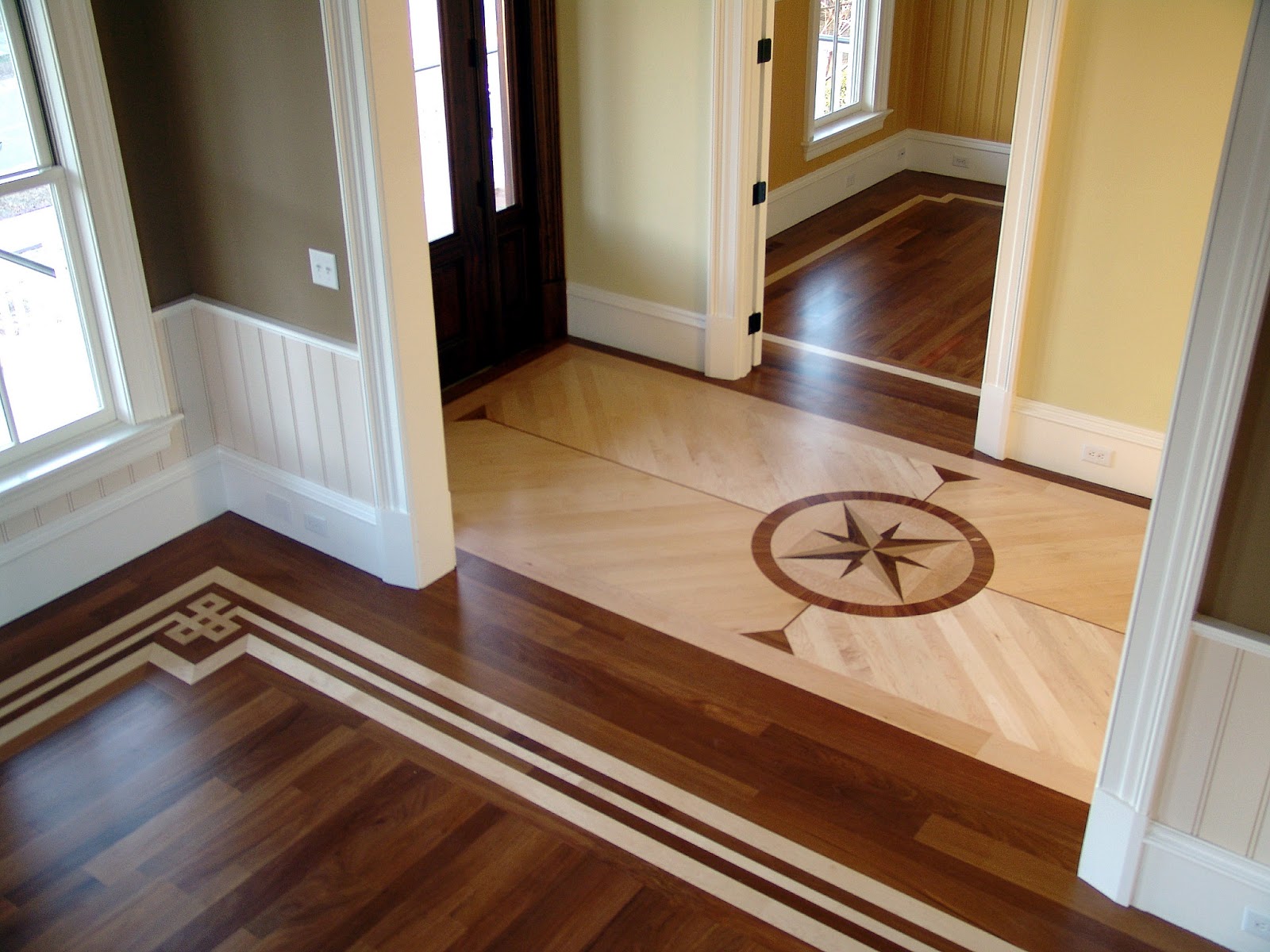
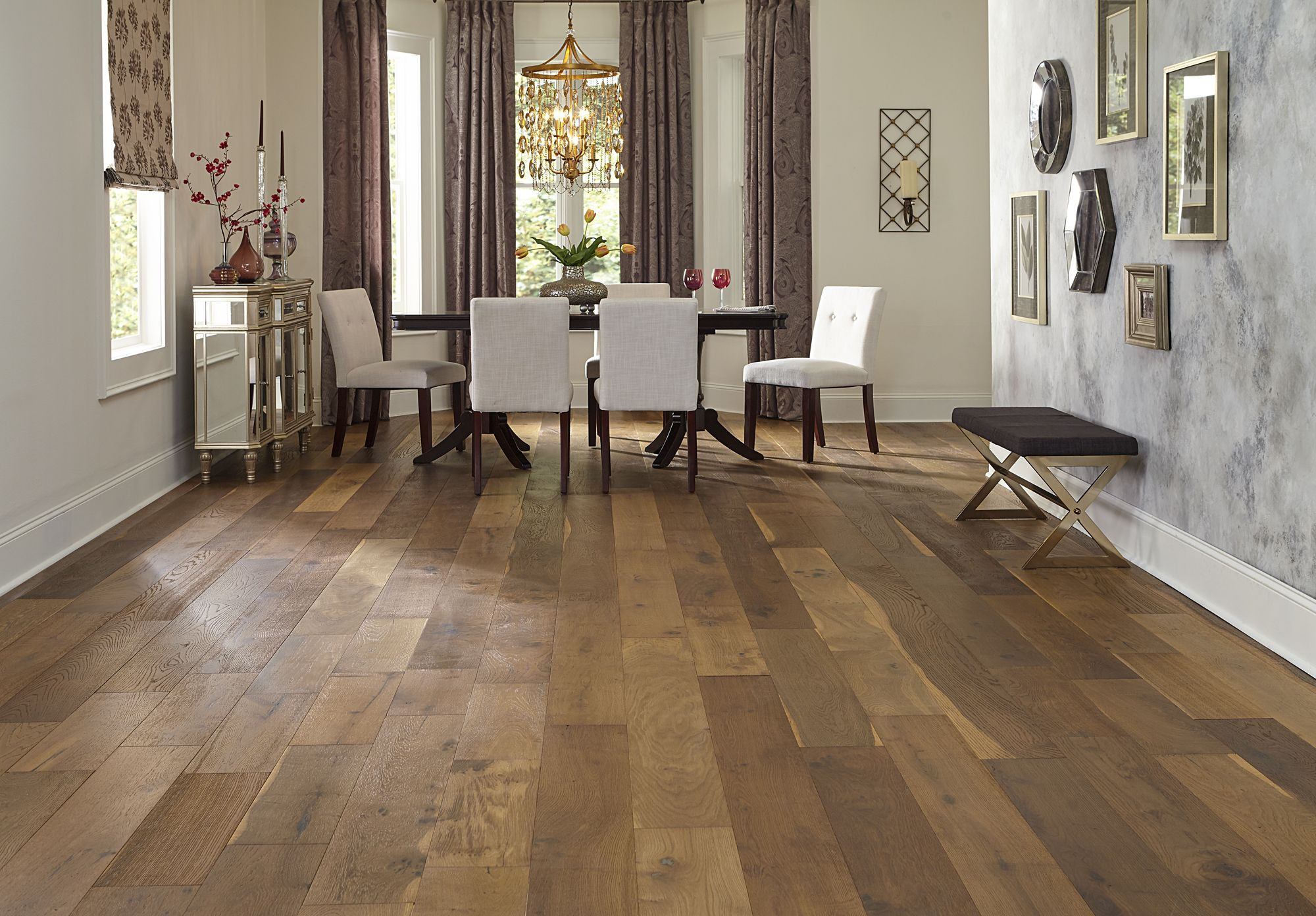
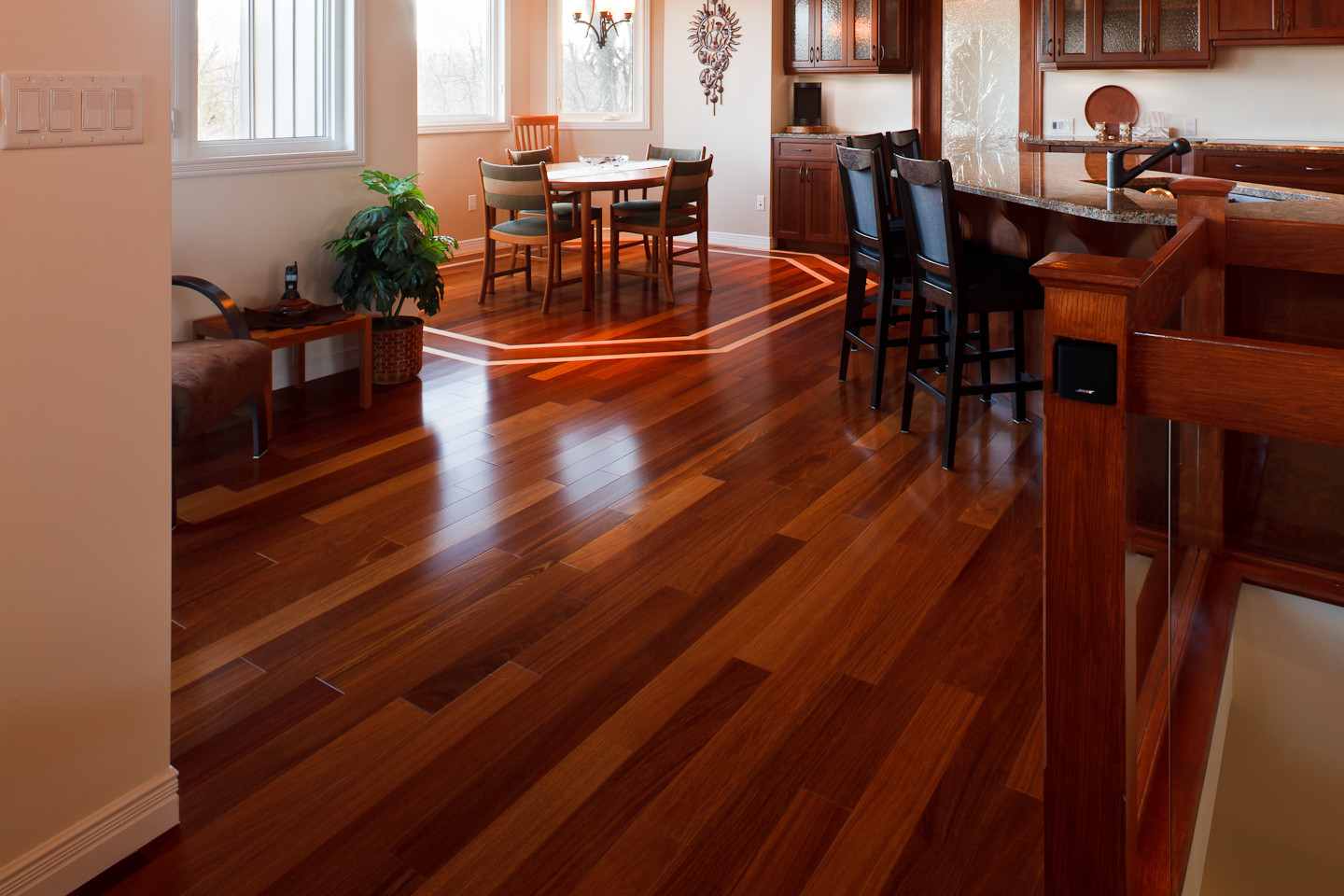
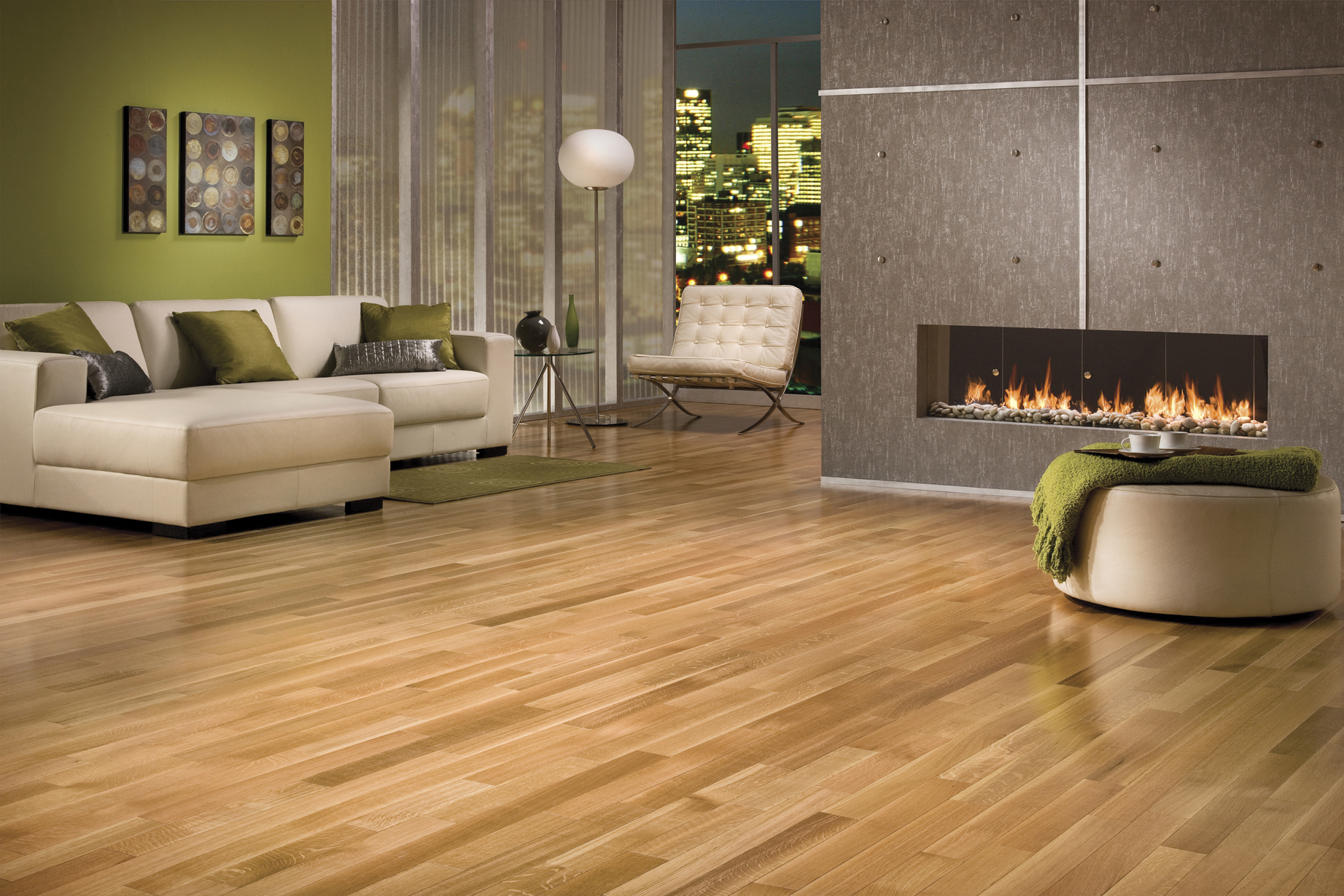
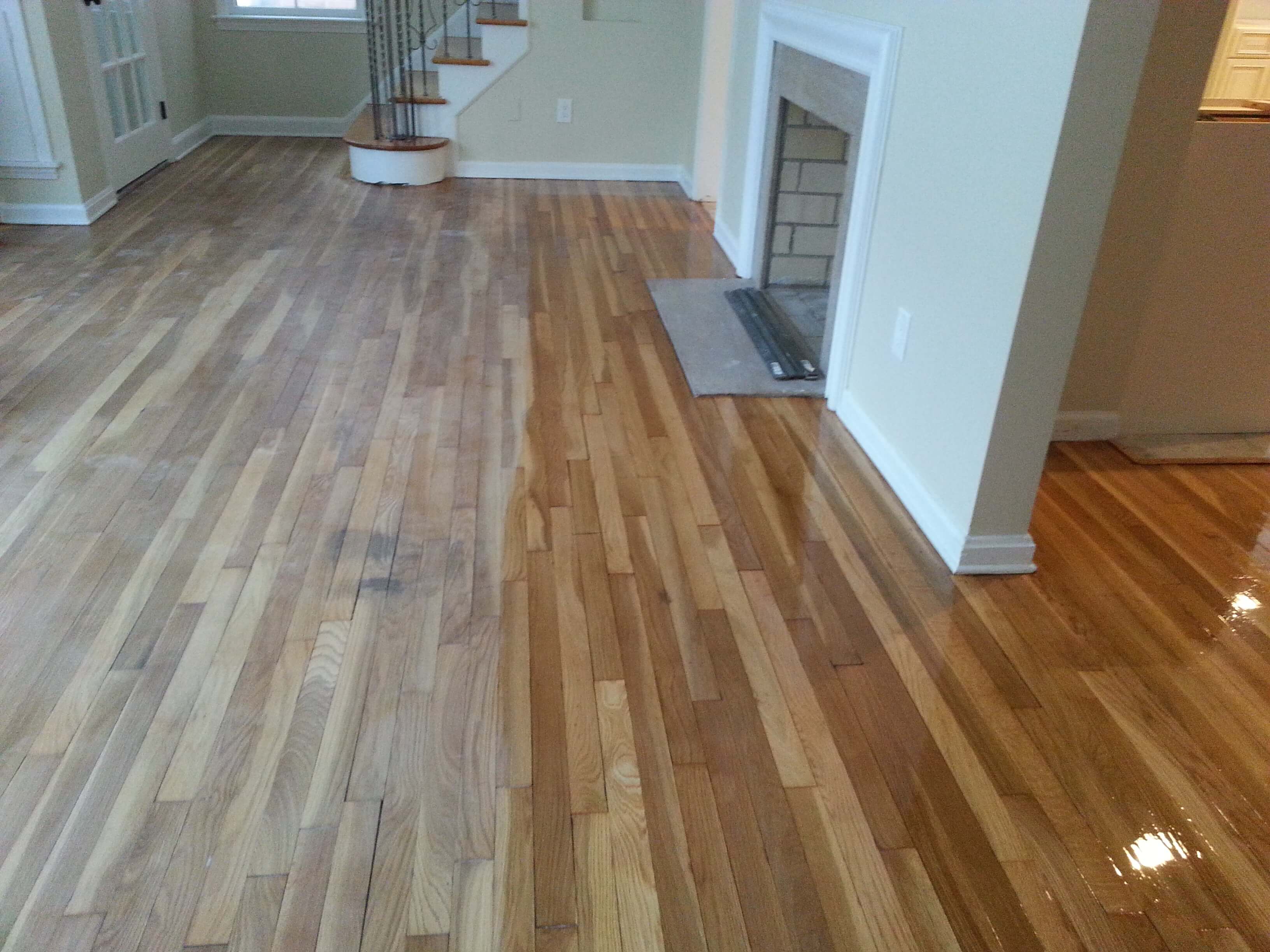
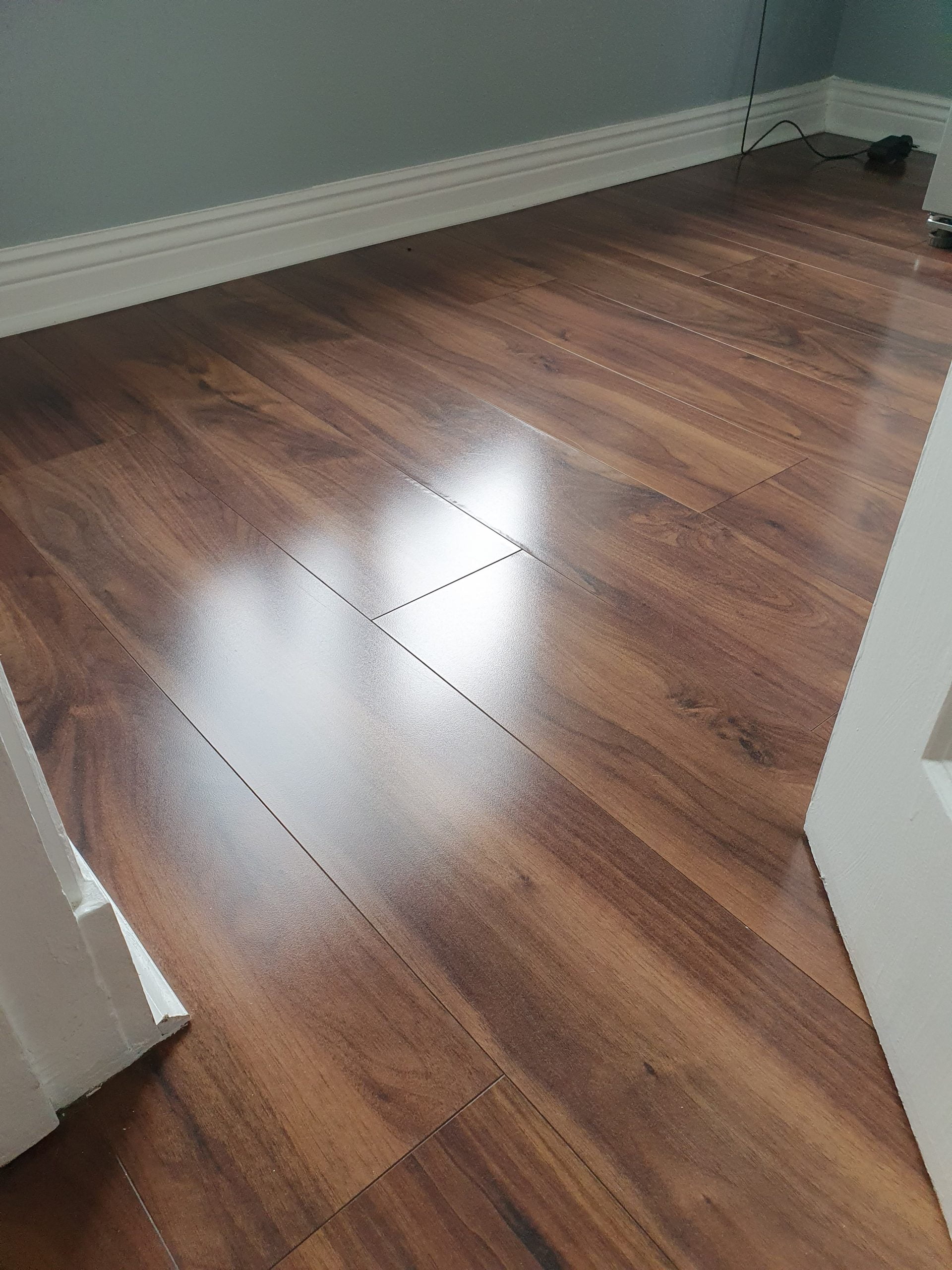

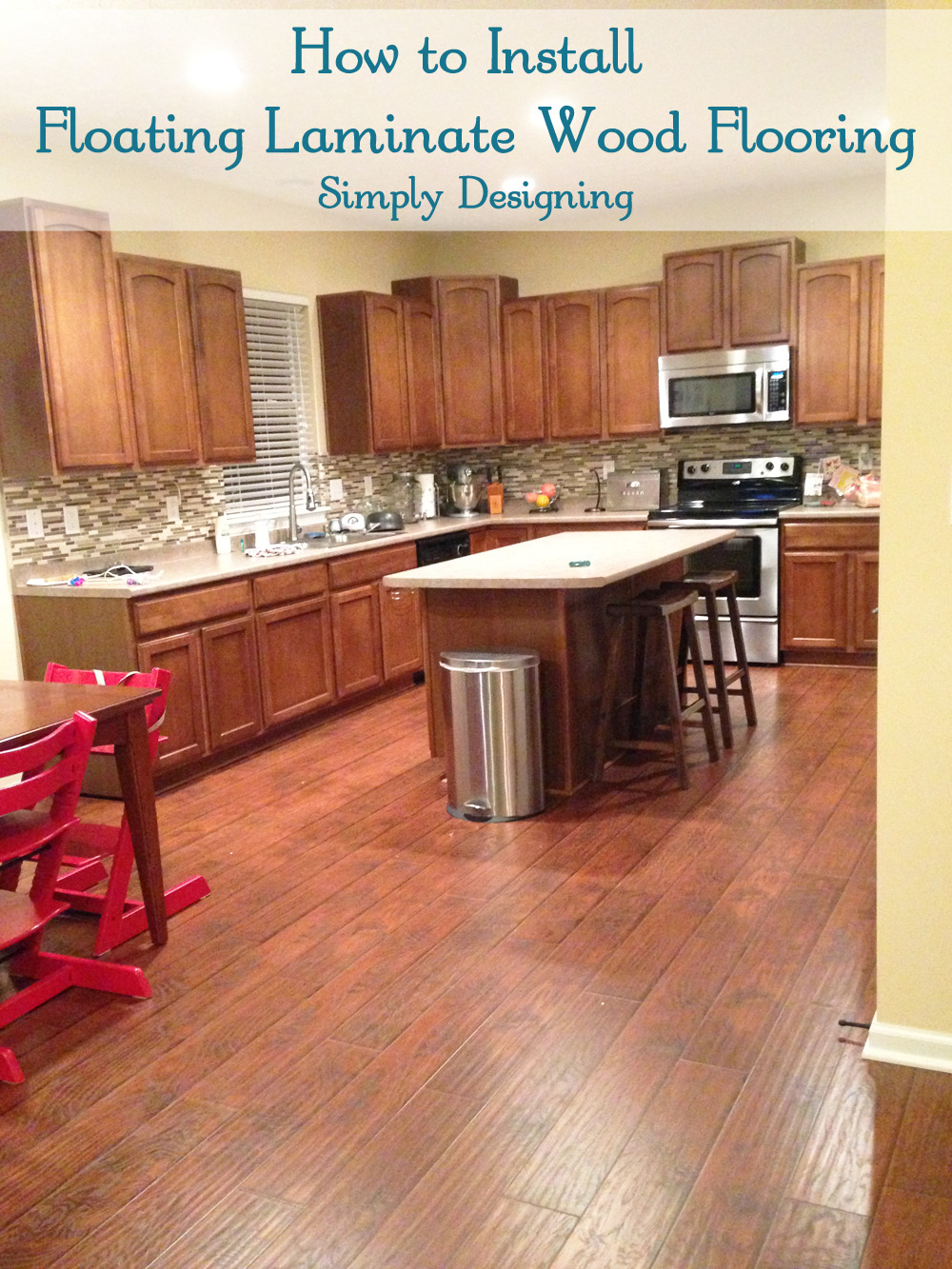




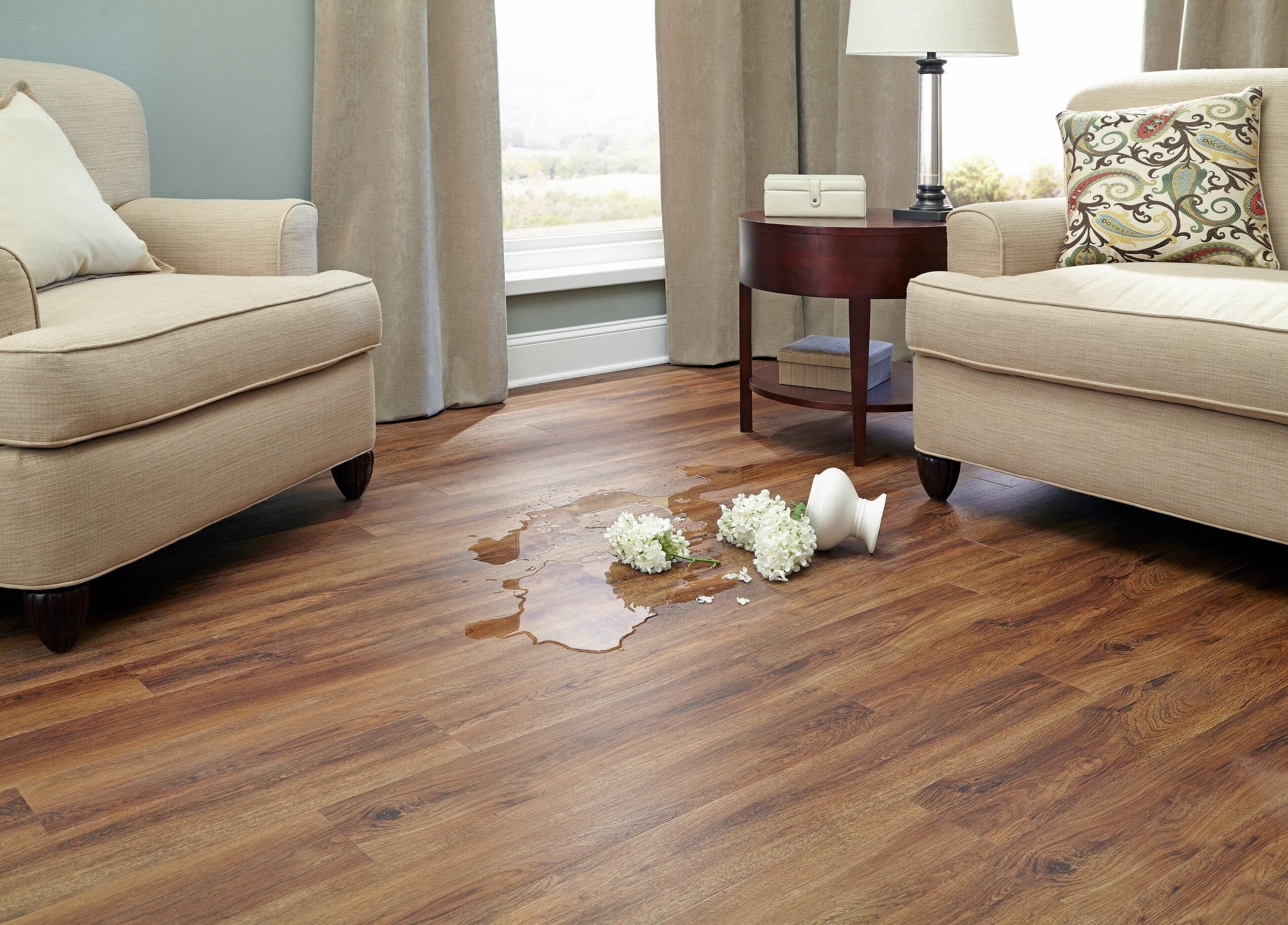

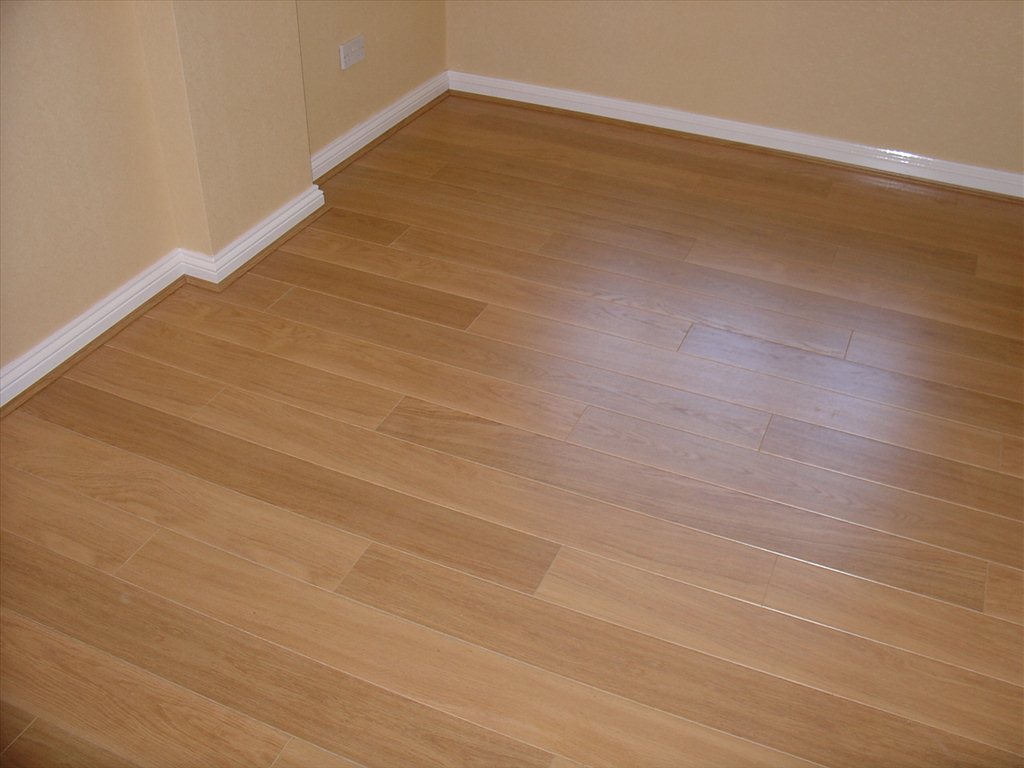


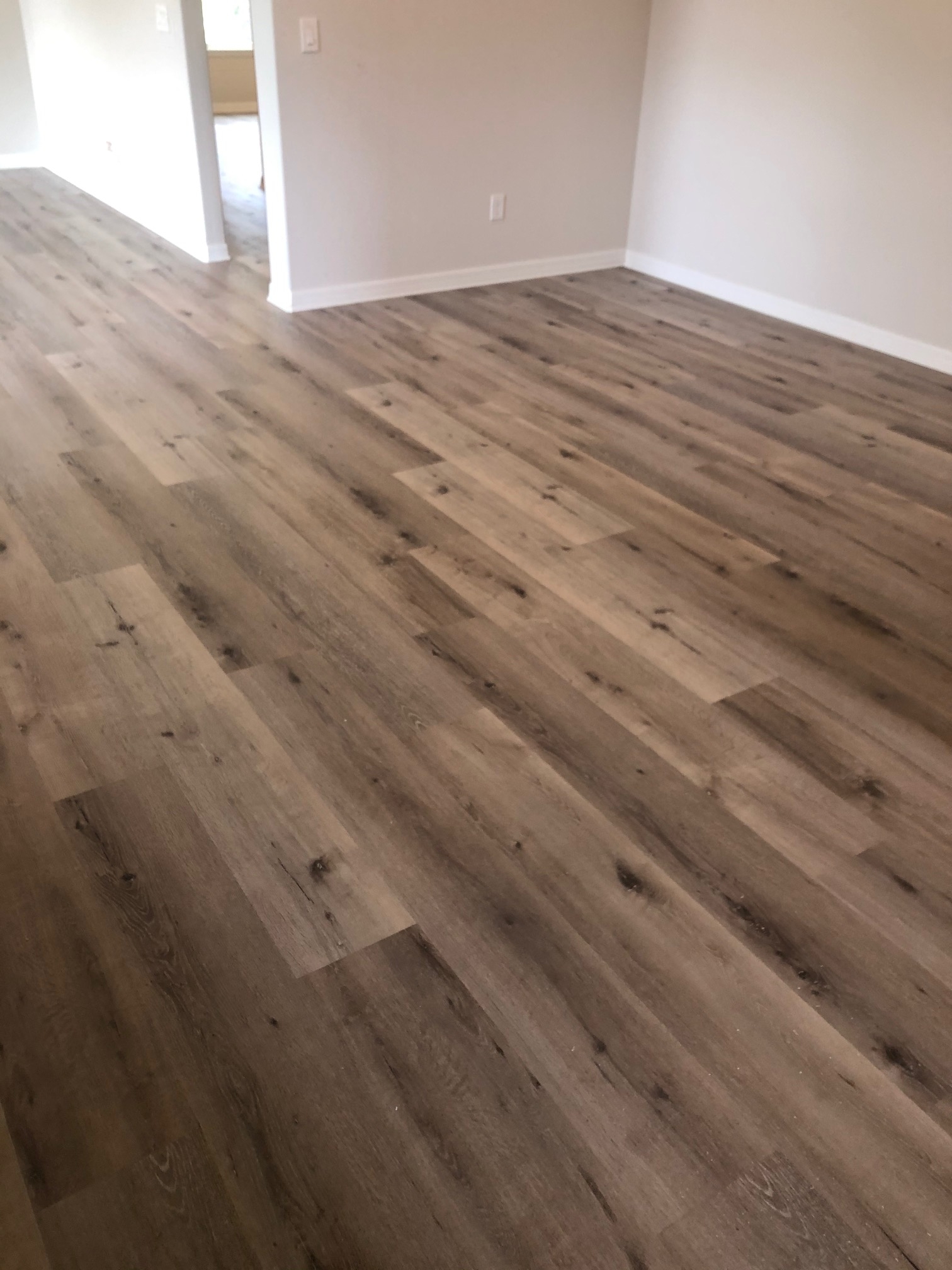


:max_bytes(150000):strip_icc()/LumberliquidatorsCoreluxeDeweyMeadowOakEvp-966e281976dc455e8e8dae0bf99ce66a.jpg)
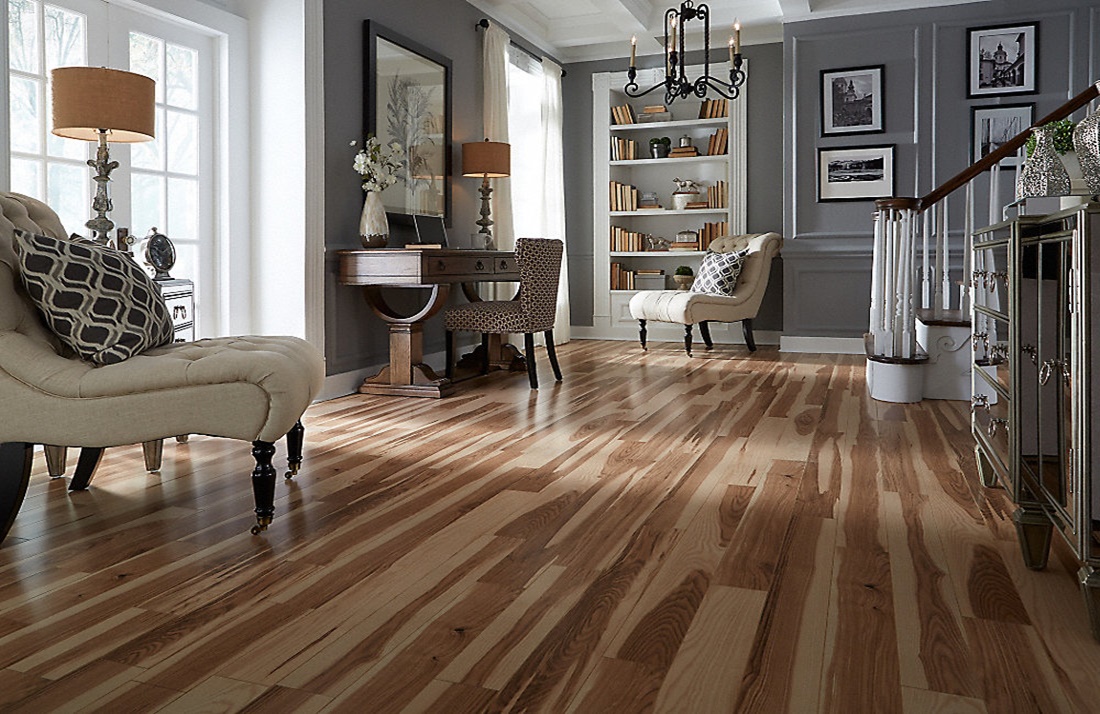

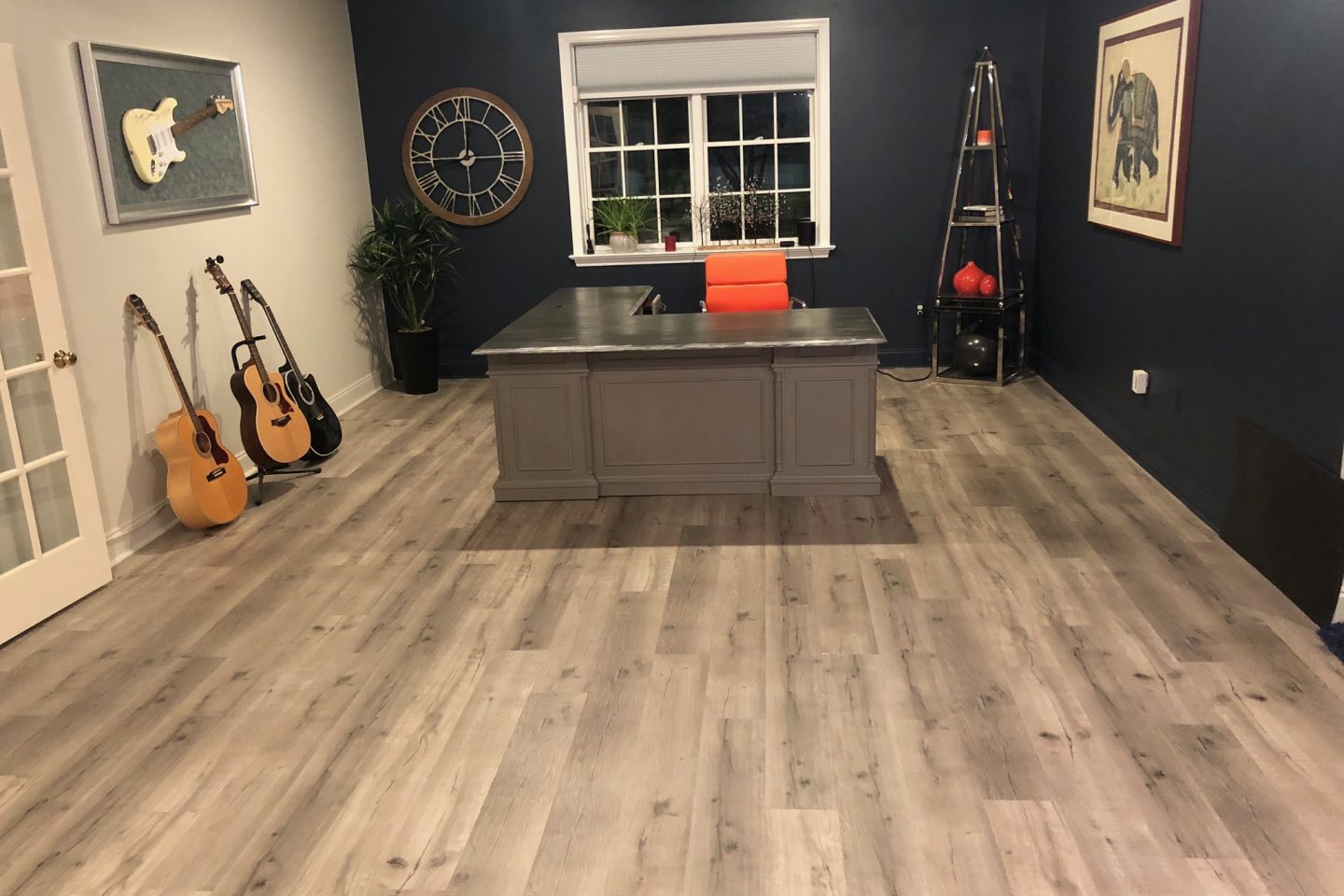
/Vinylwoodfloor-GettyImages-1086734442-54734c8c0a9a40f681ce97fa7deac657.jpg)



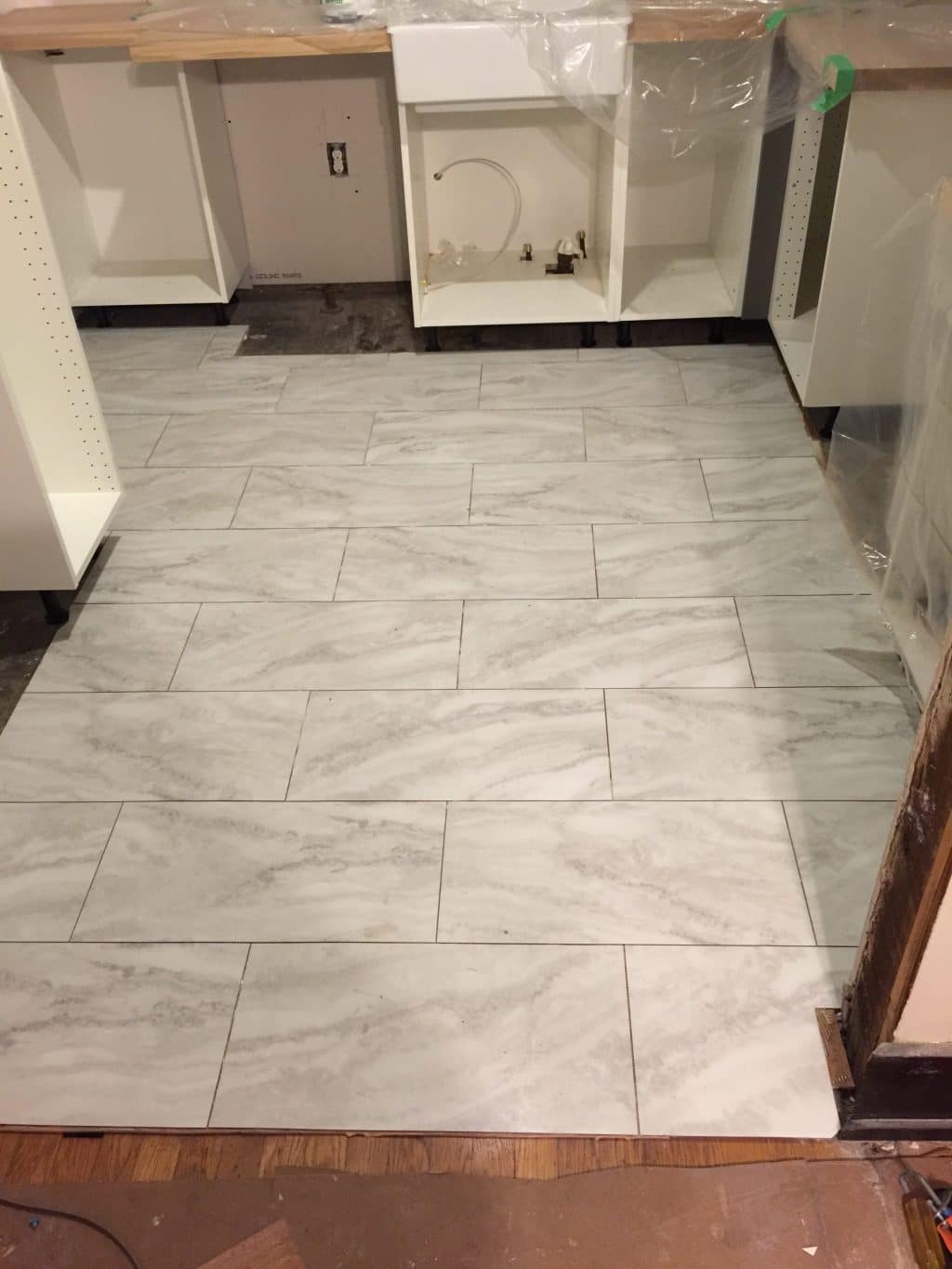


/different-sized-and-asymmetrically-arranged-tiles-on-floor-182663269-588be6233df78caebcbe11dc.jpg)



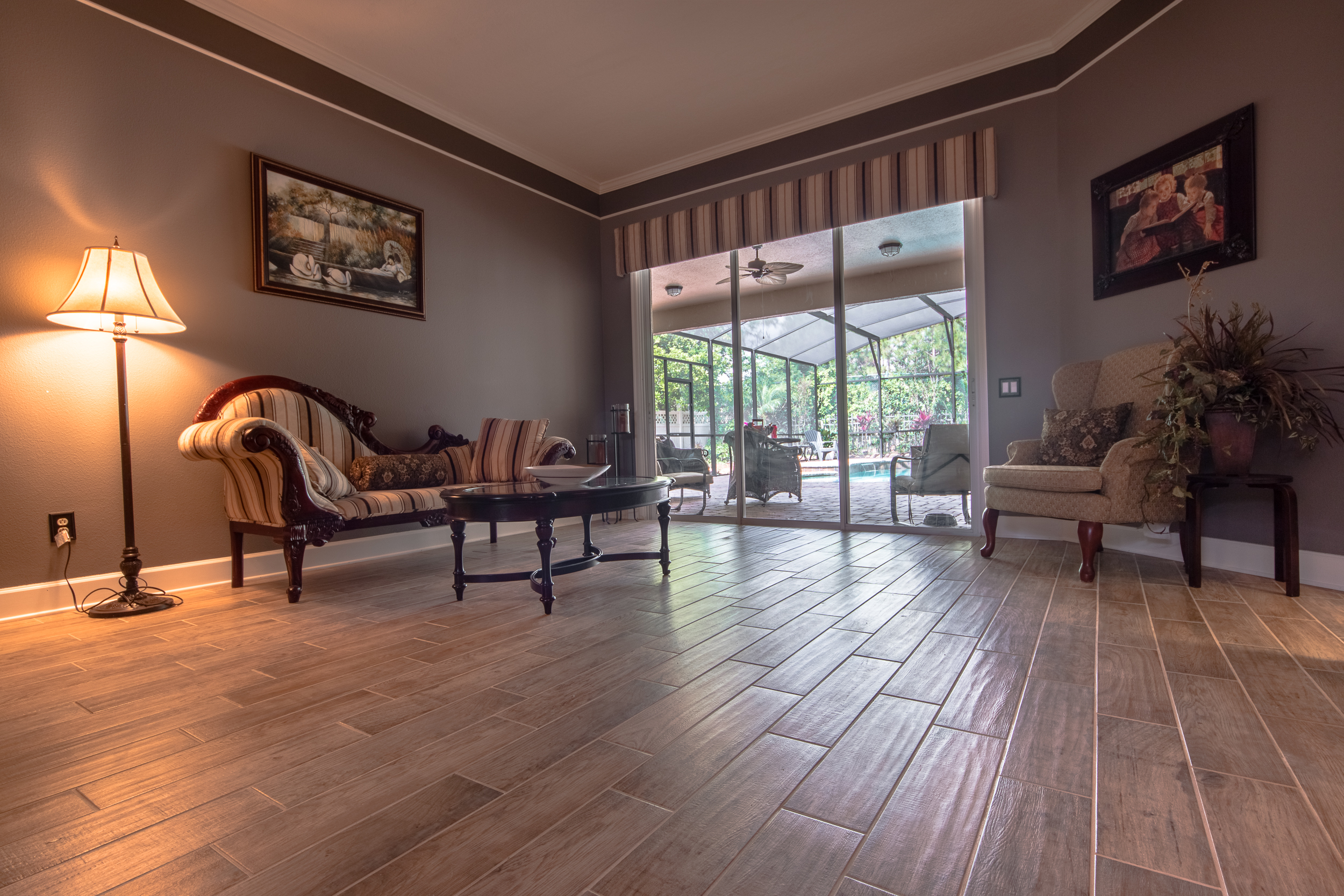
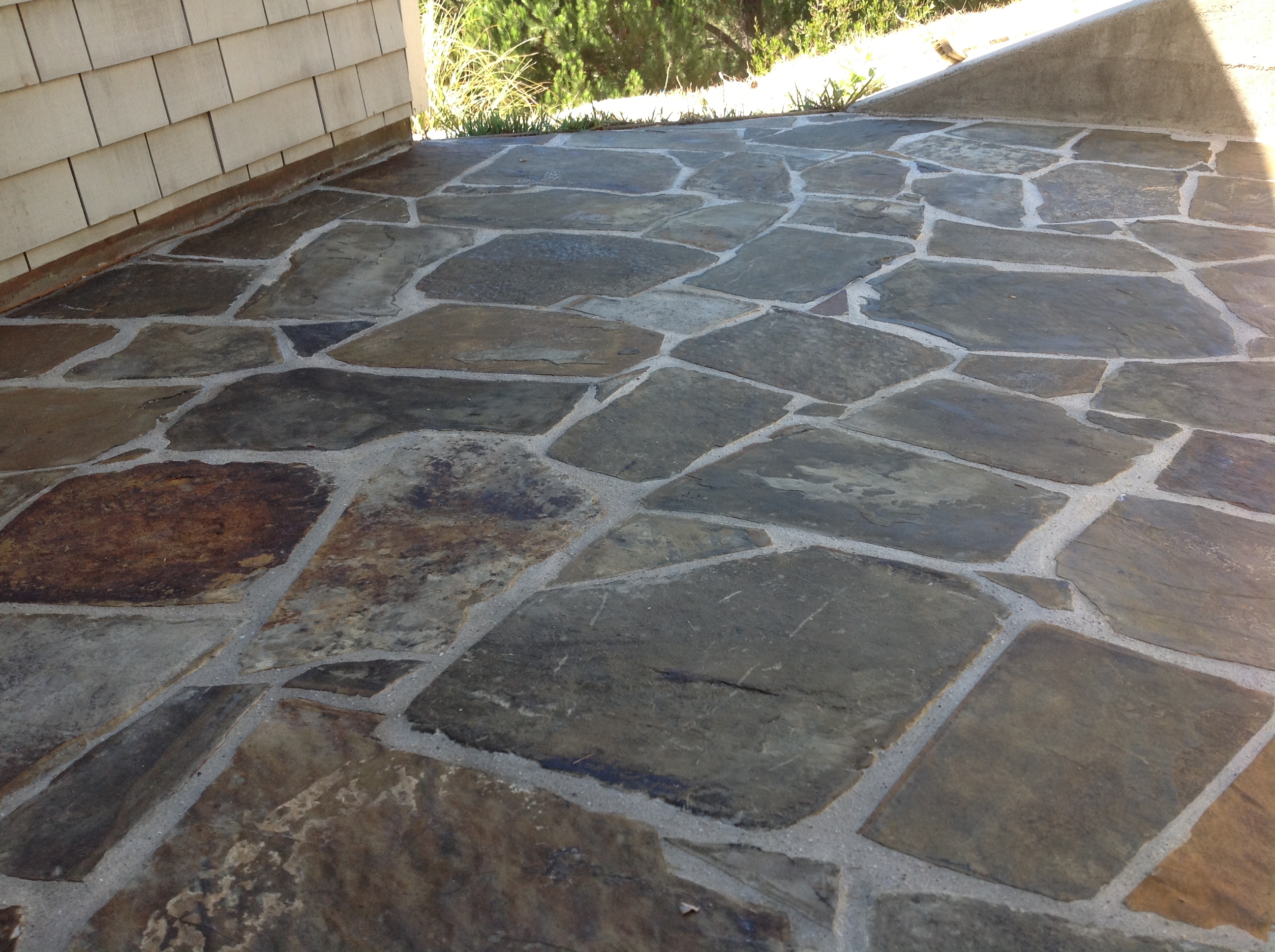
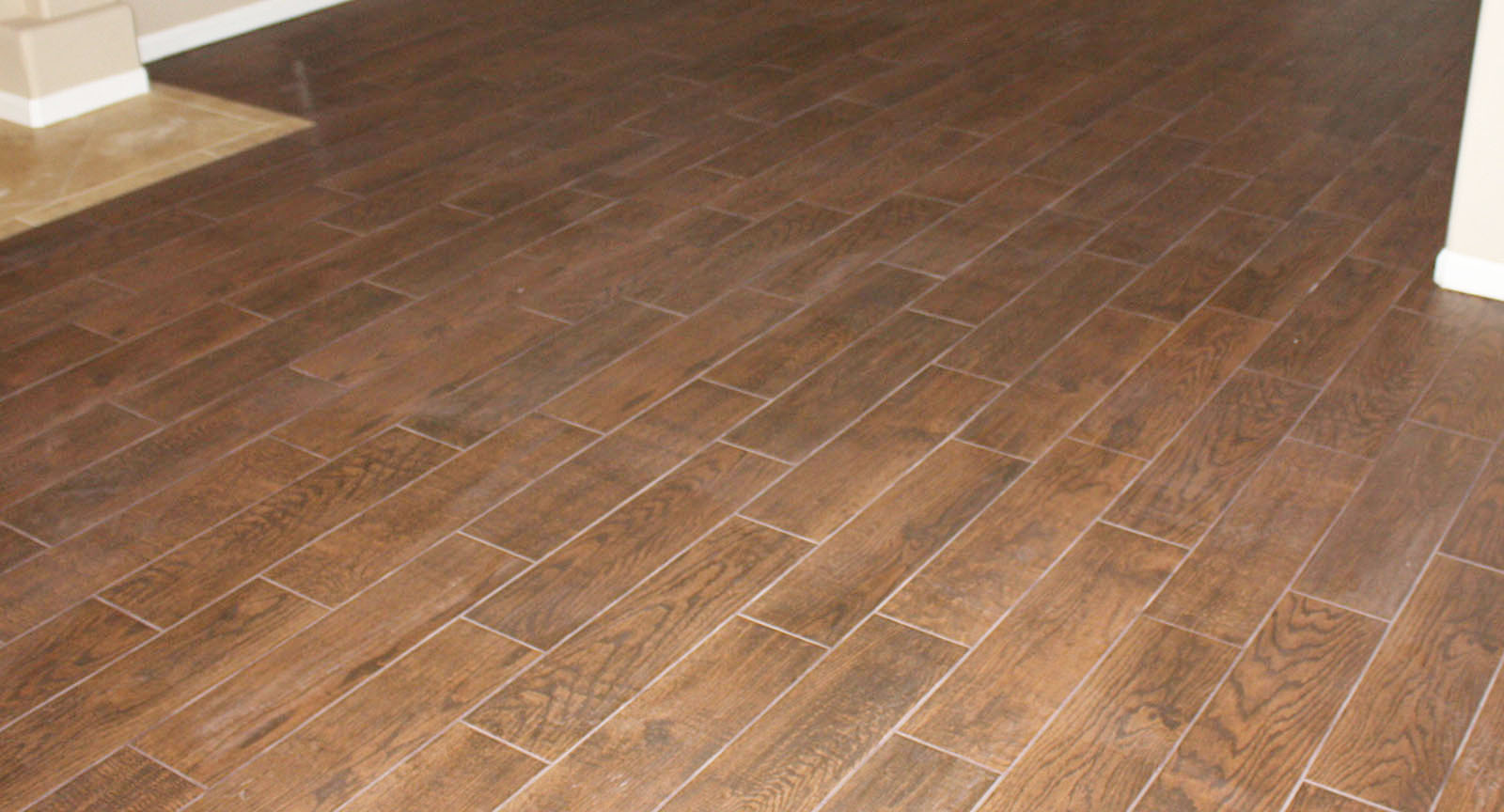
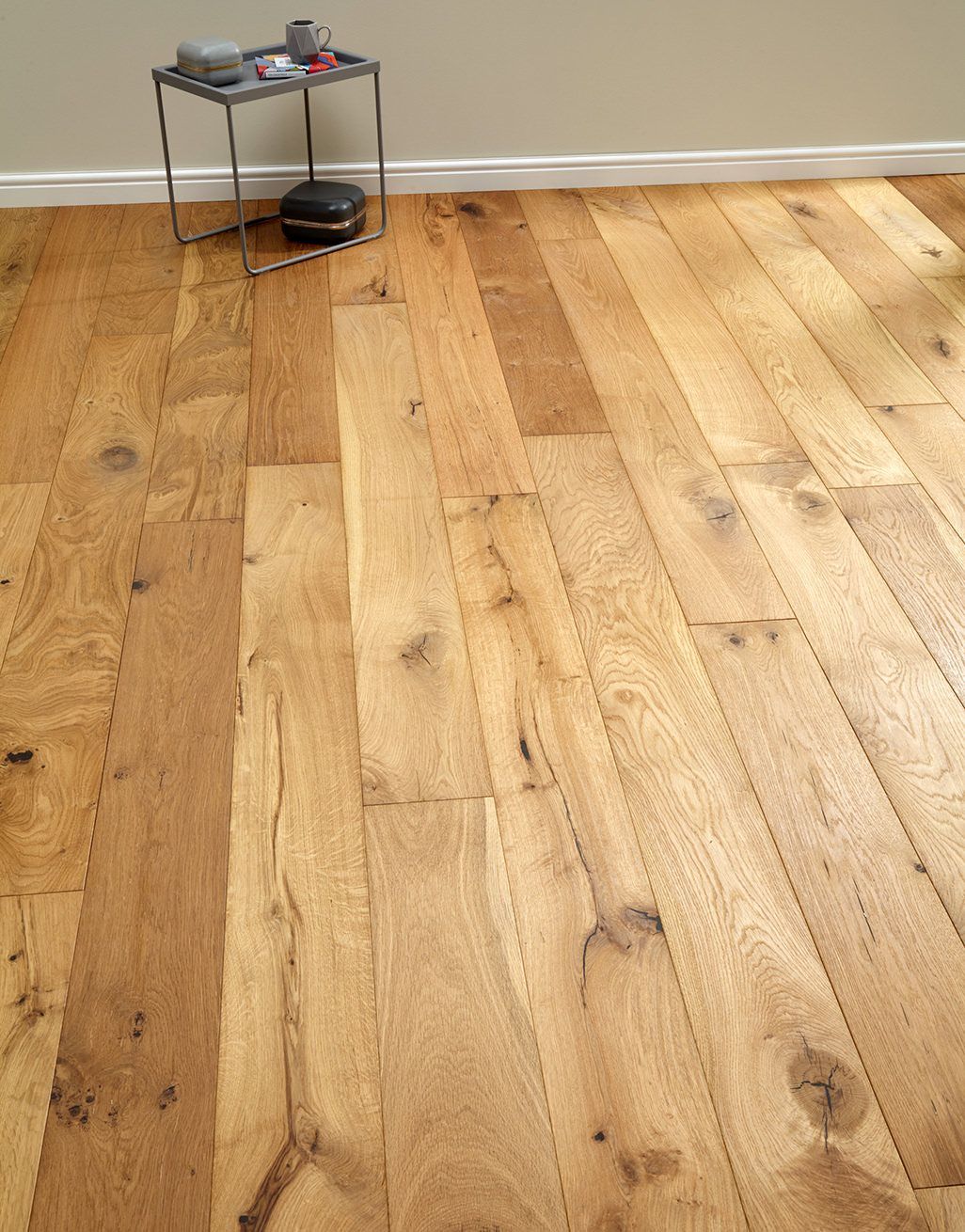
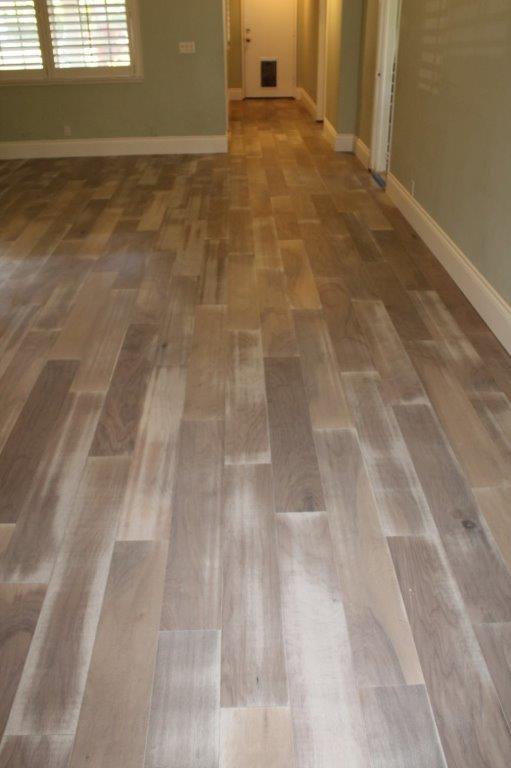
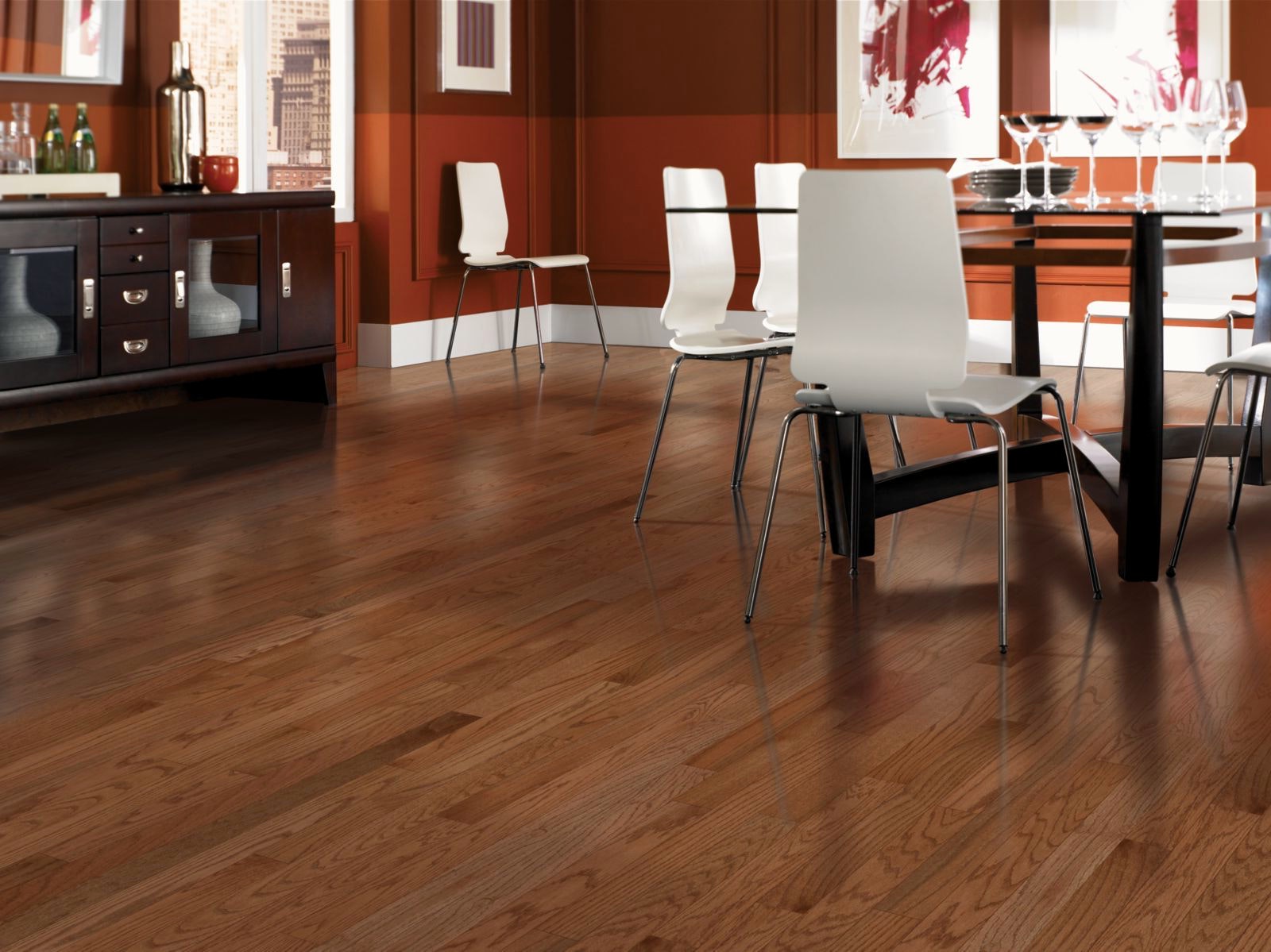
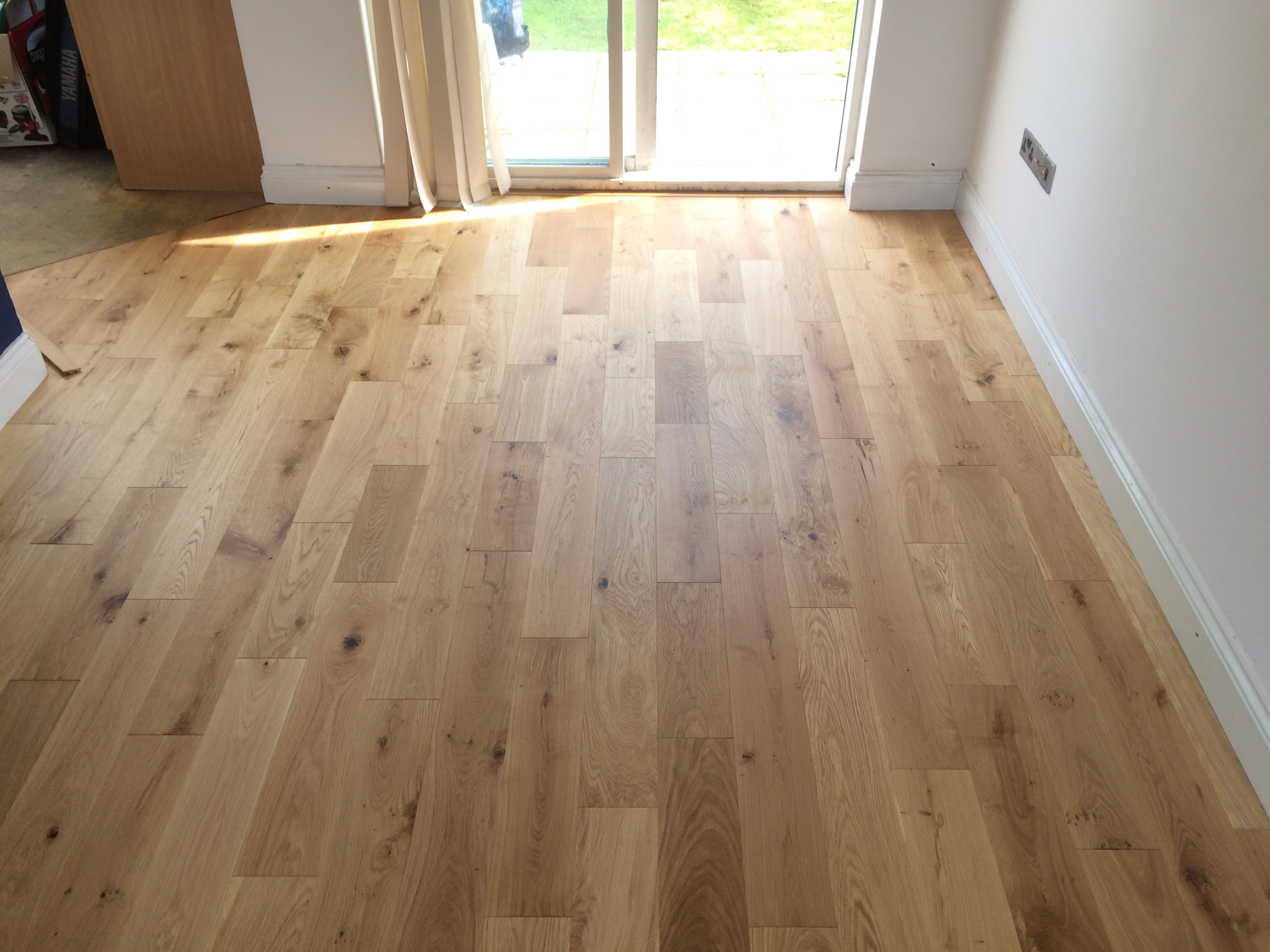
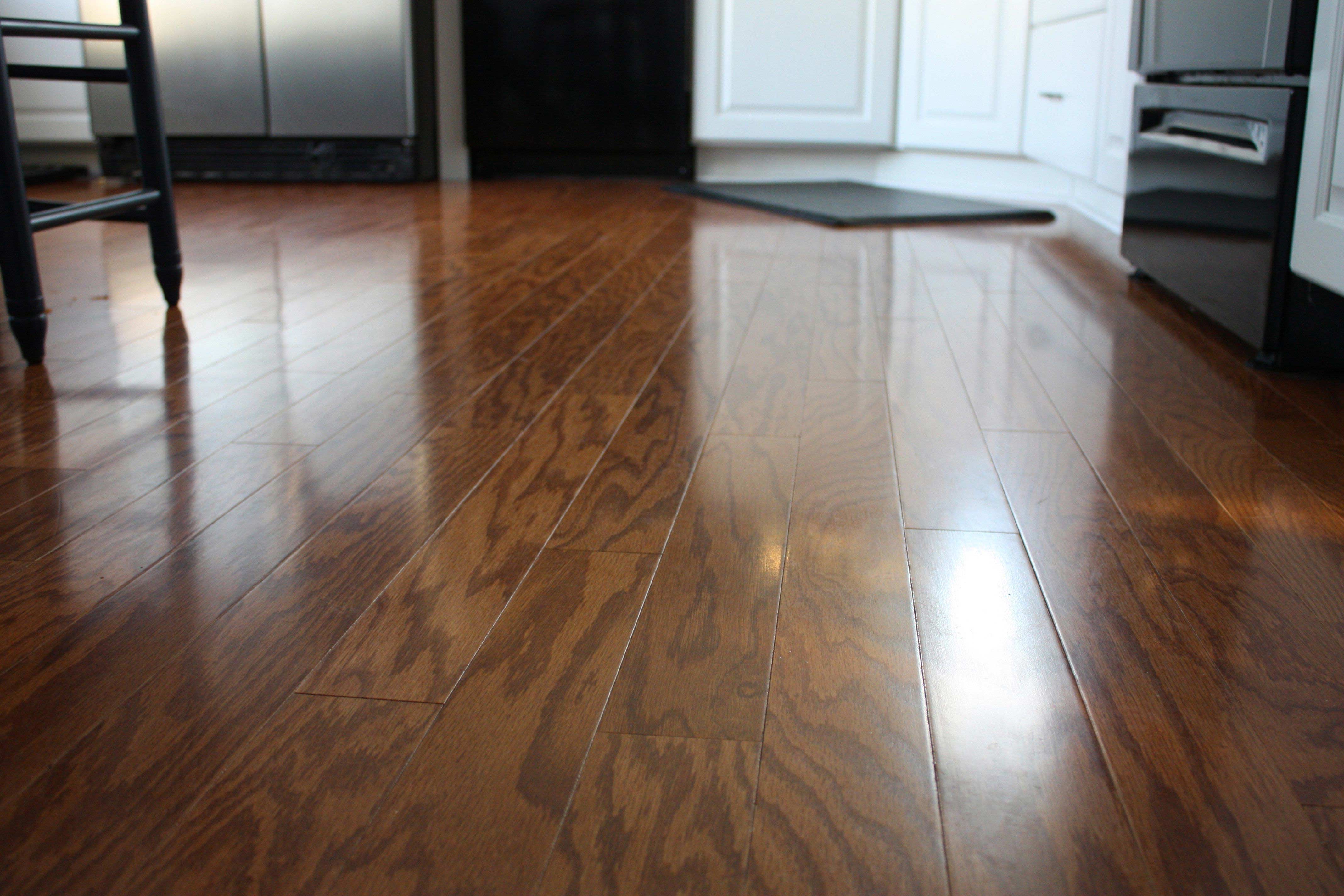
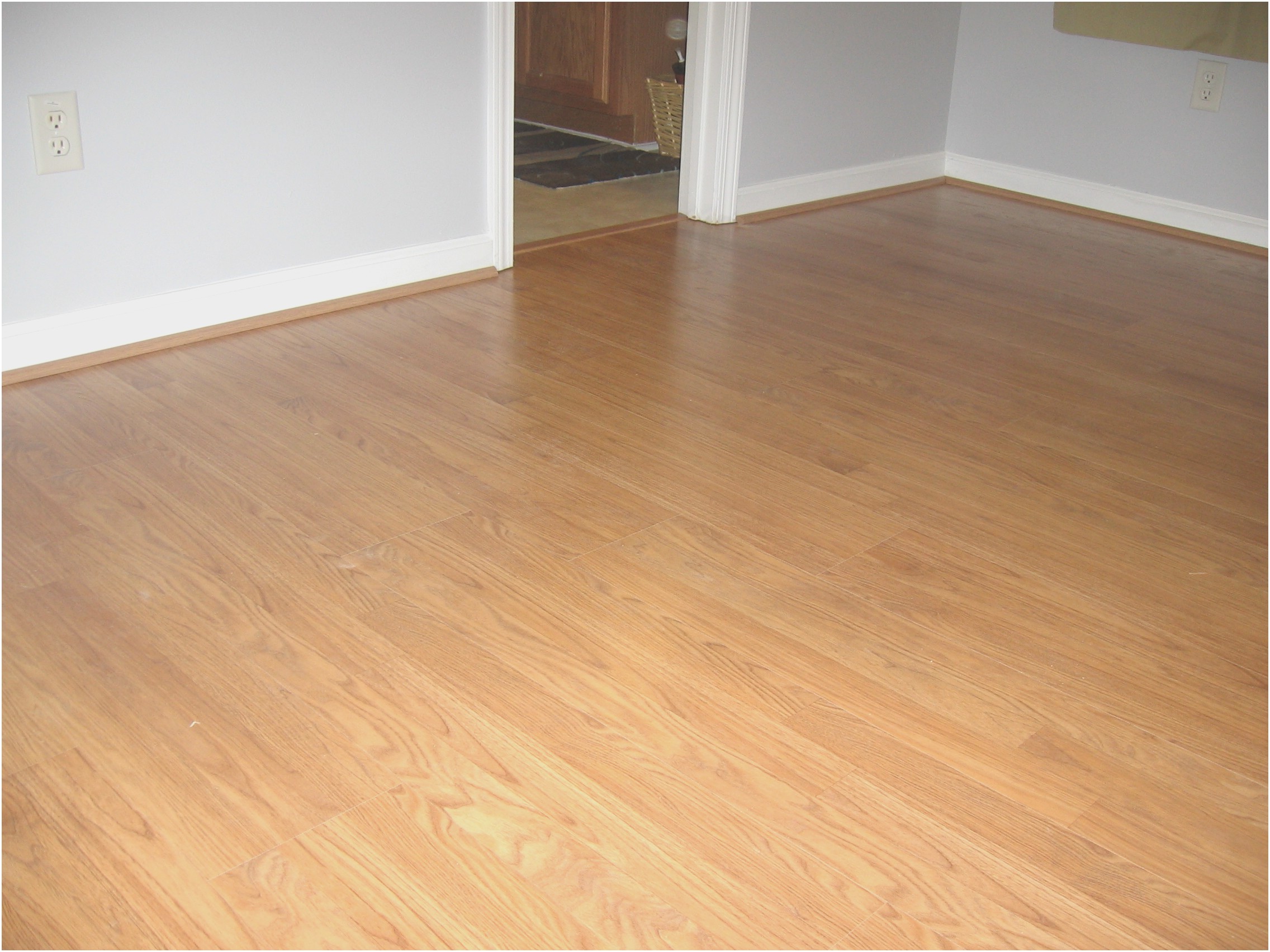
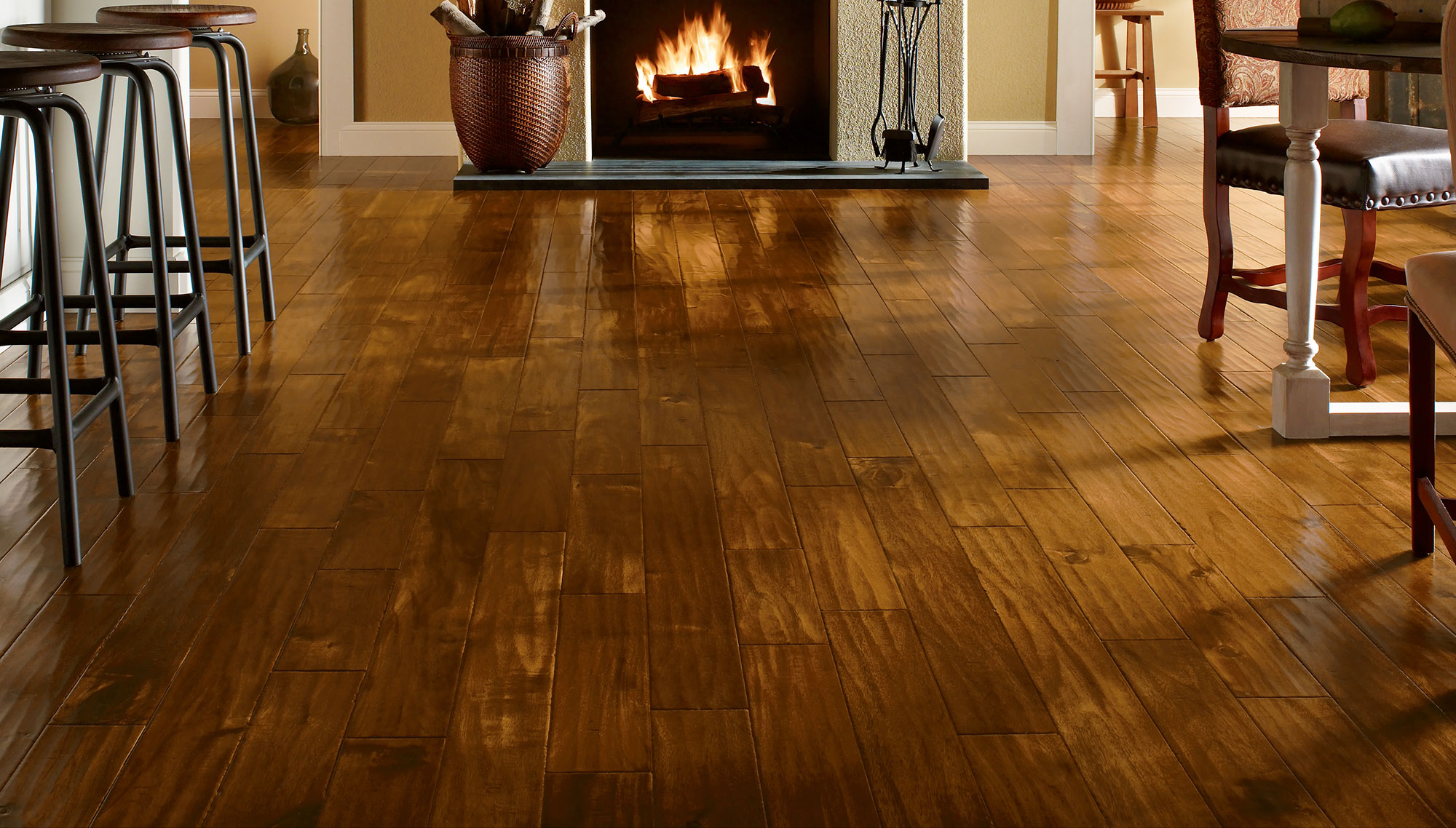
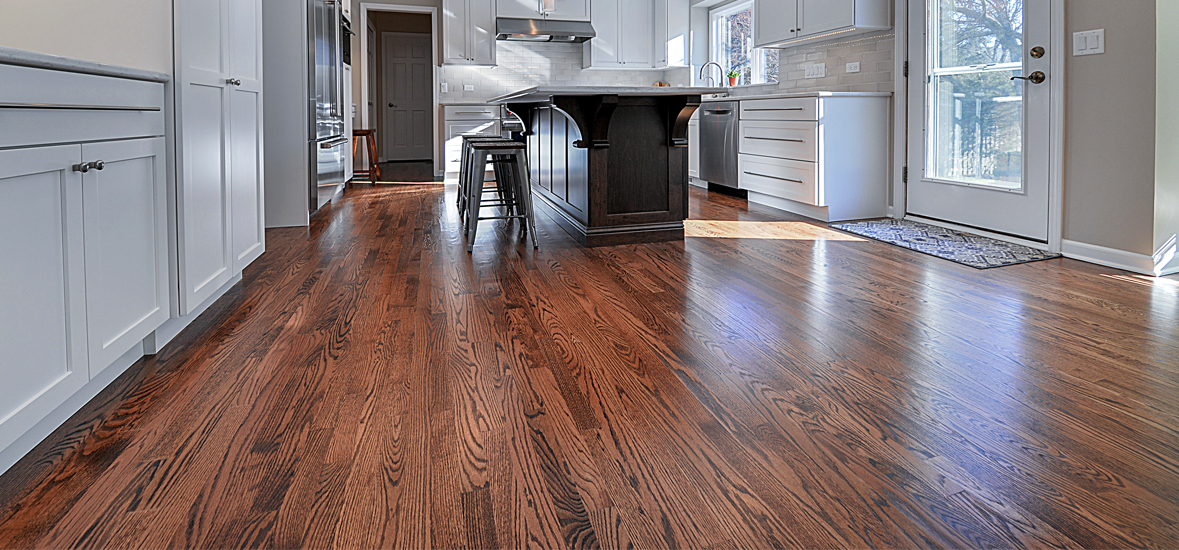






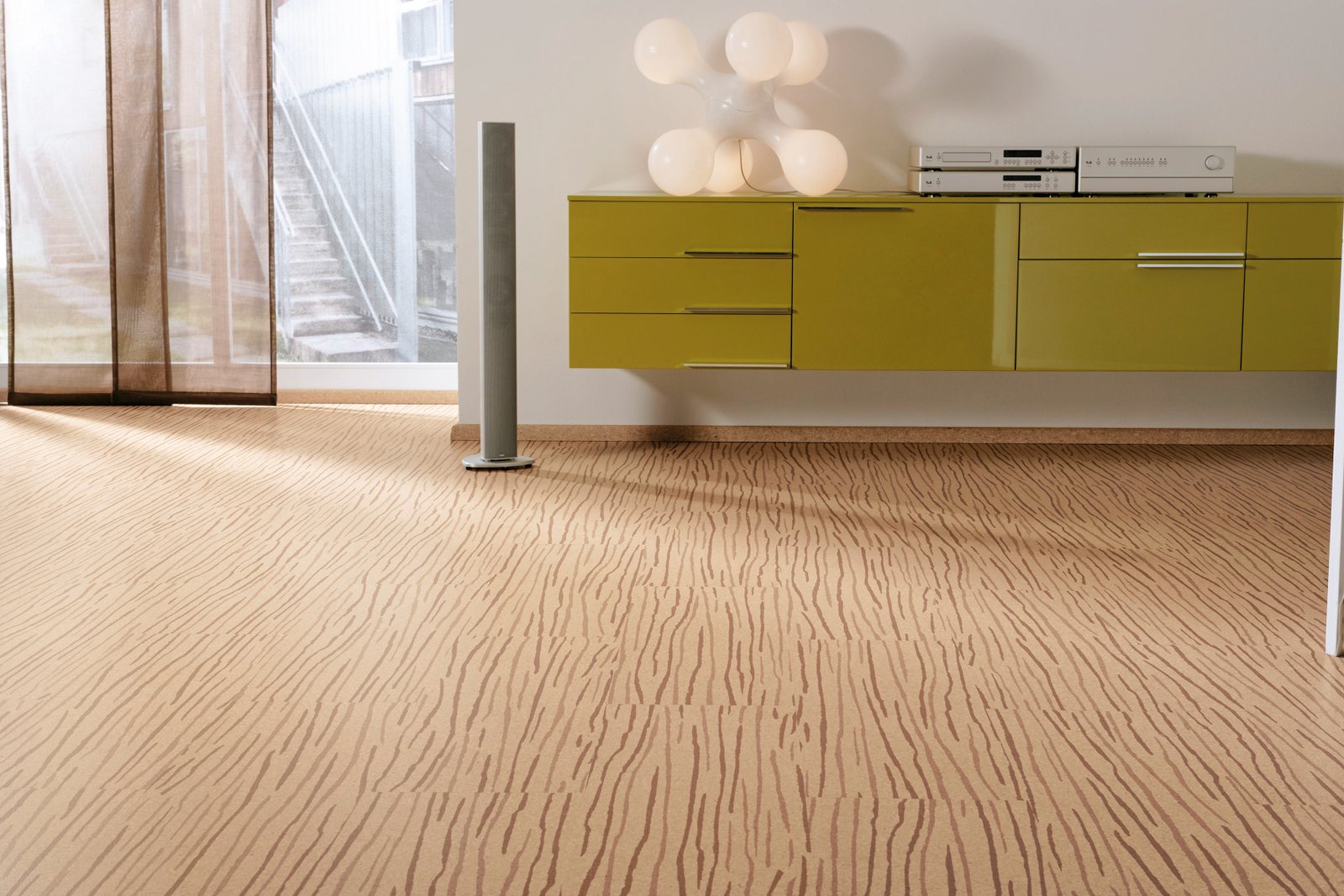
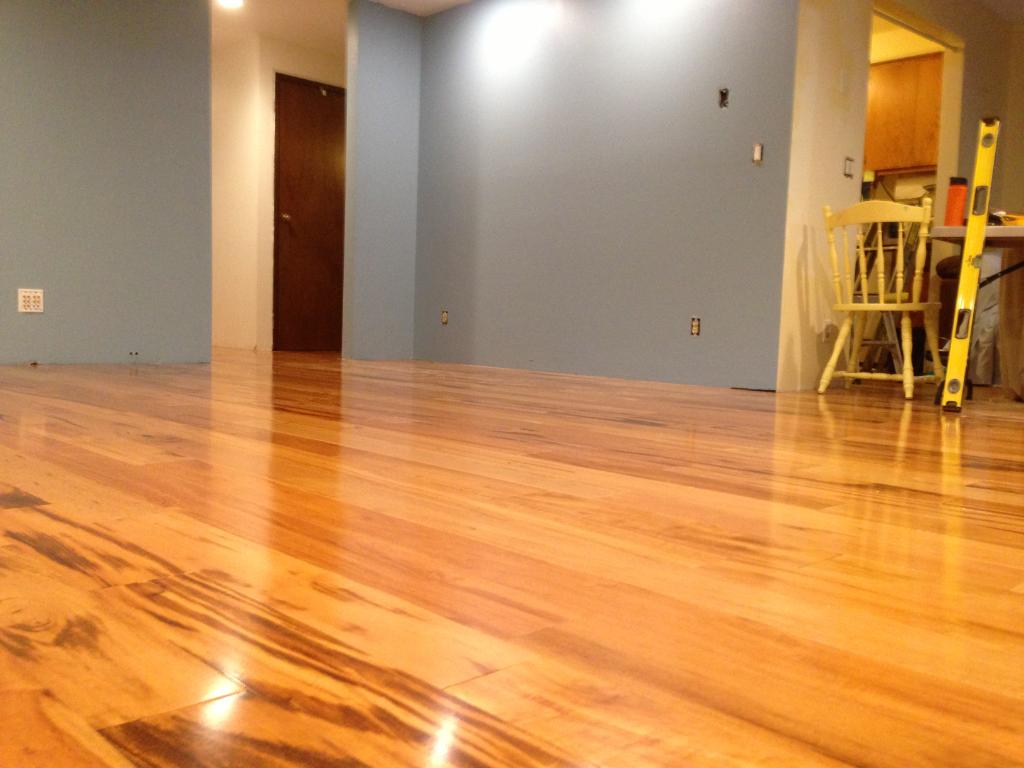

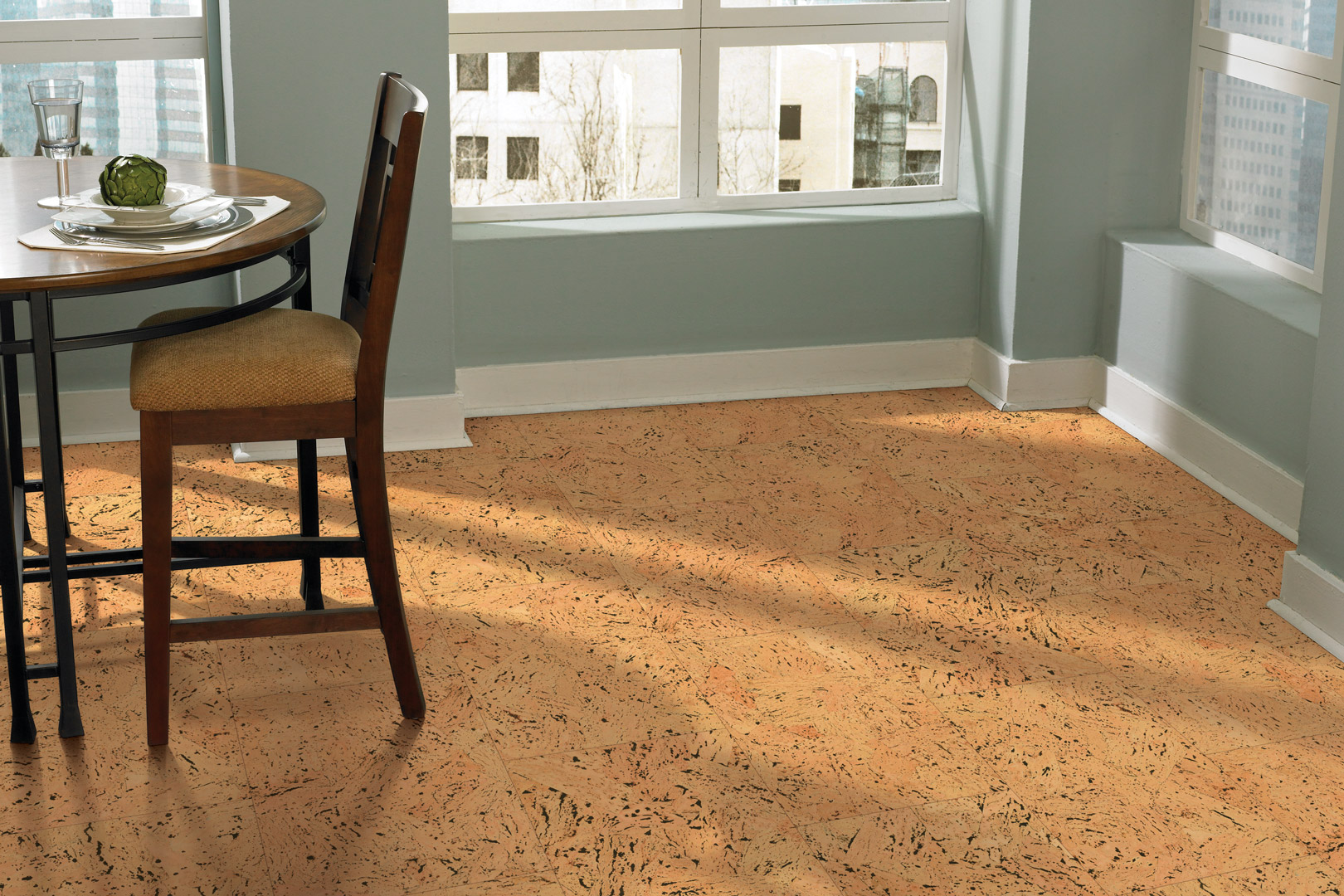
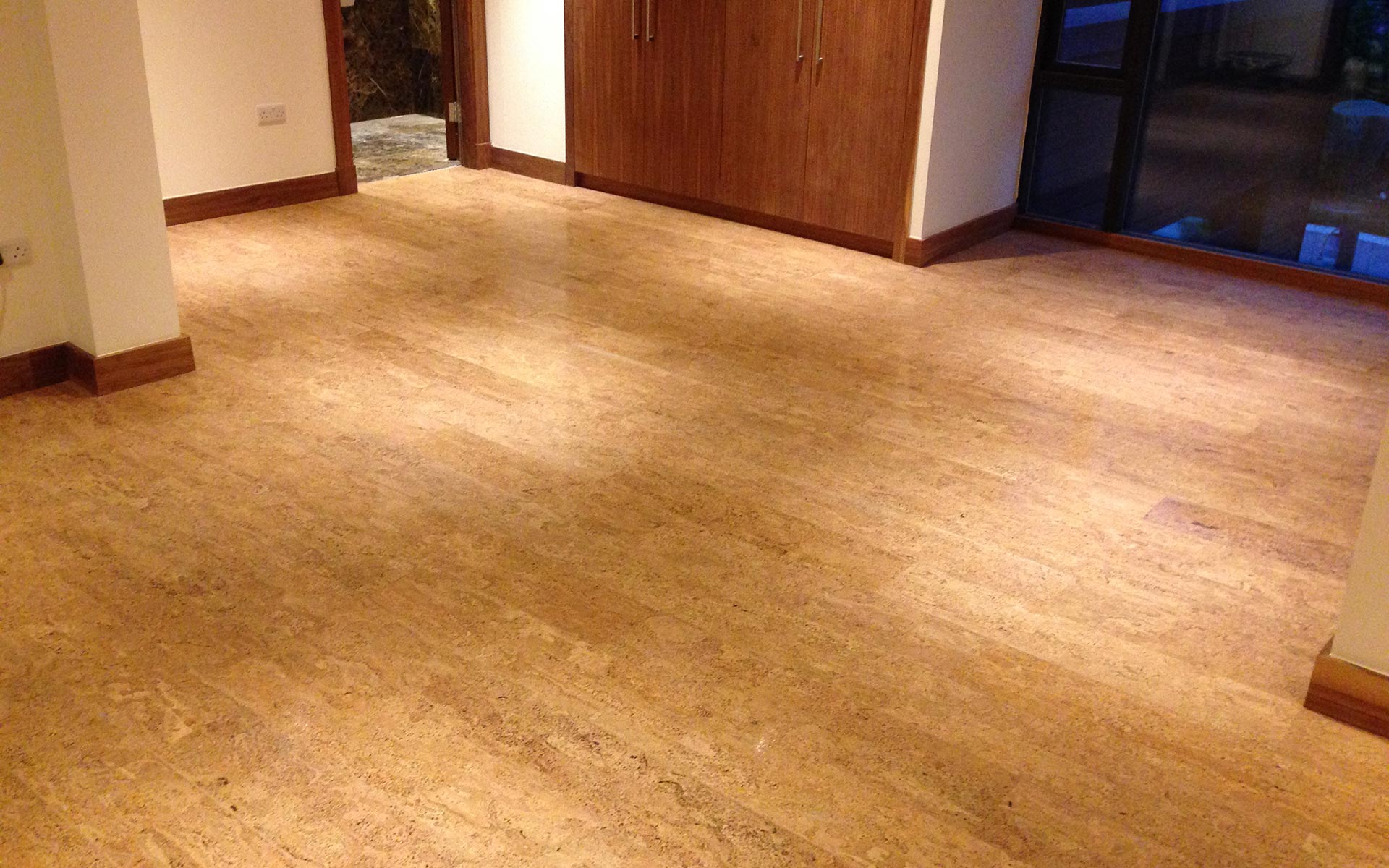
/cork-flooring-in-unfurnished-new-home-647206431-5b4540a646e0fb00543e2ba0.jpg)

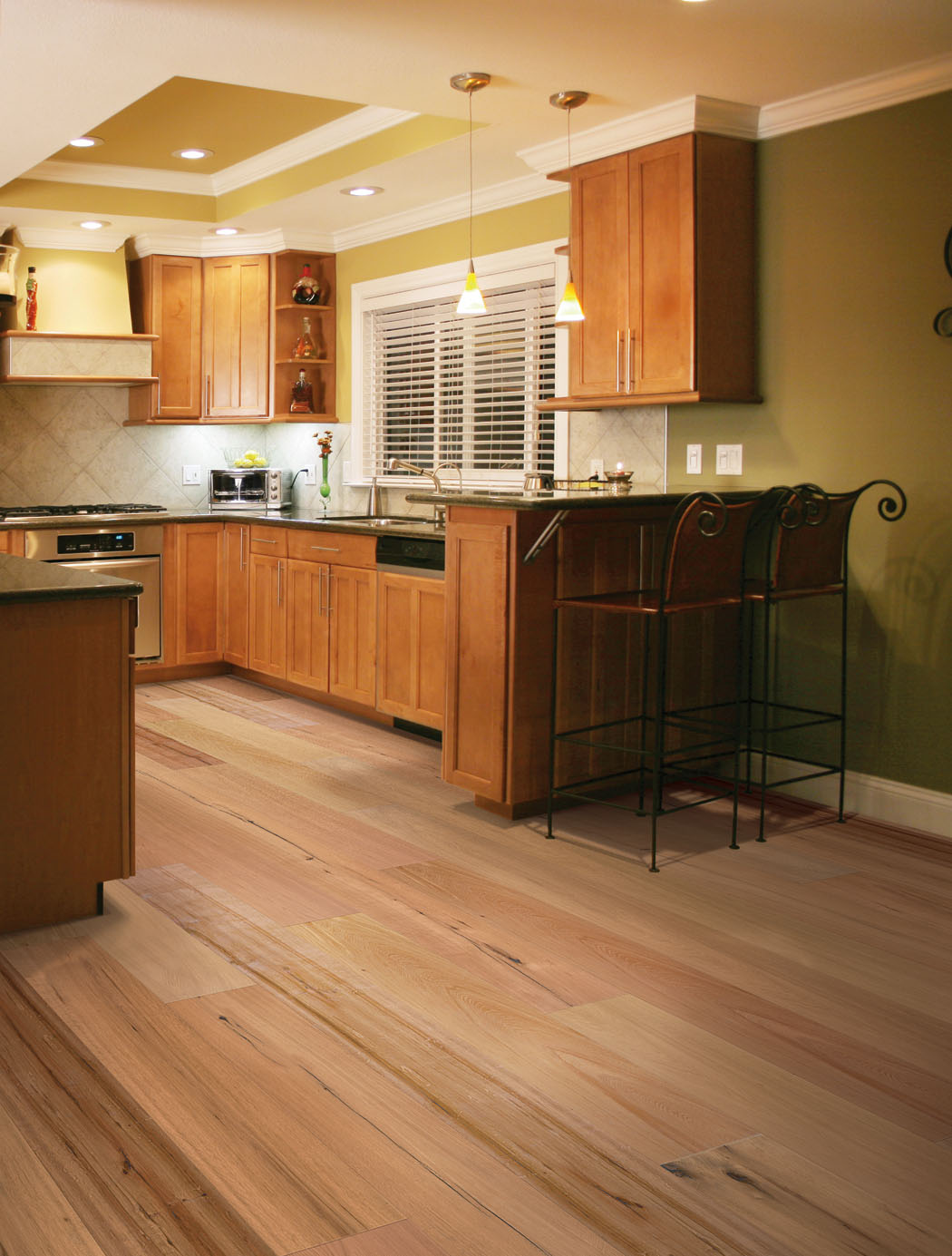

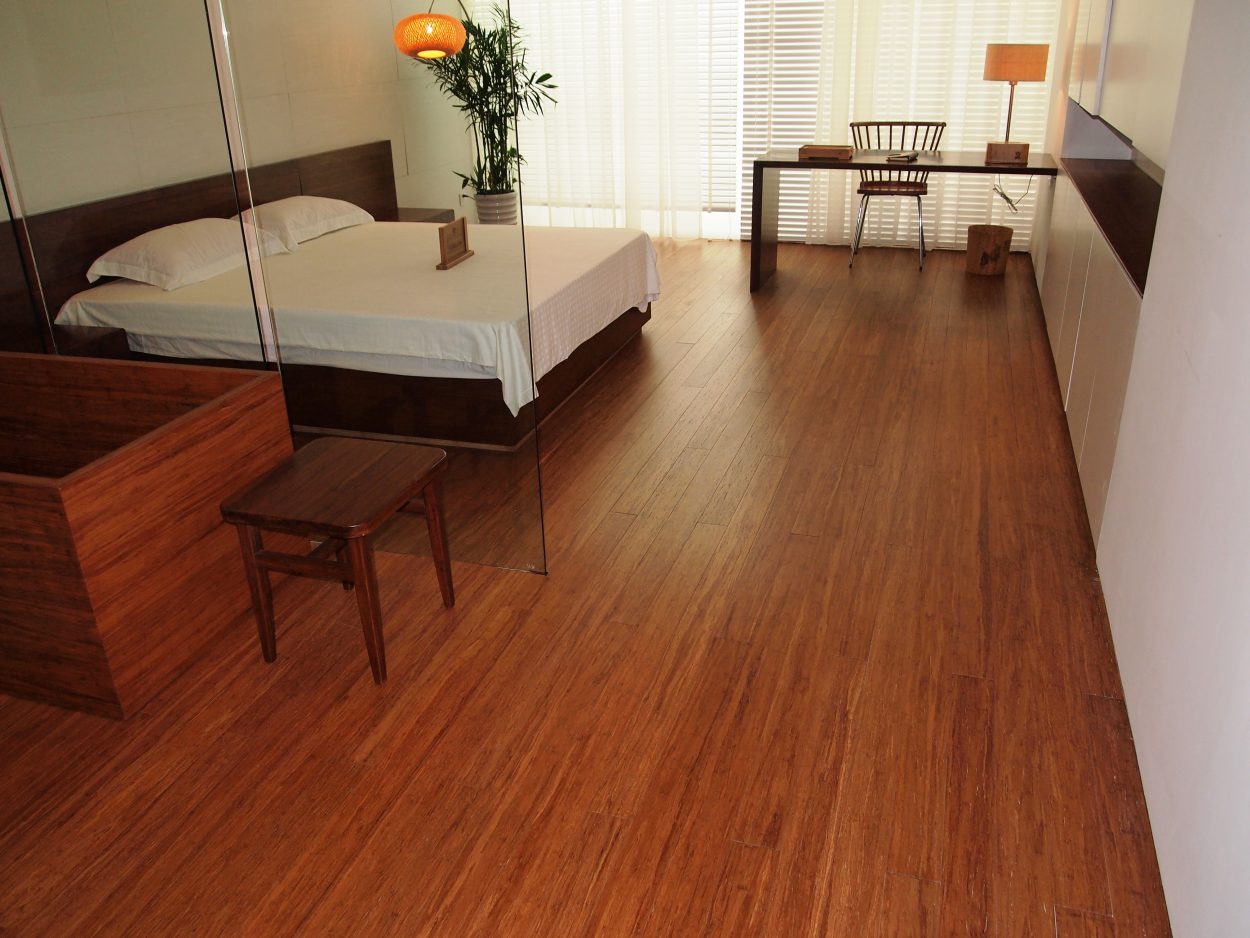

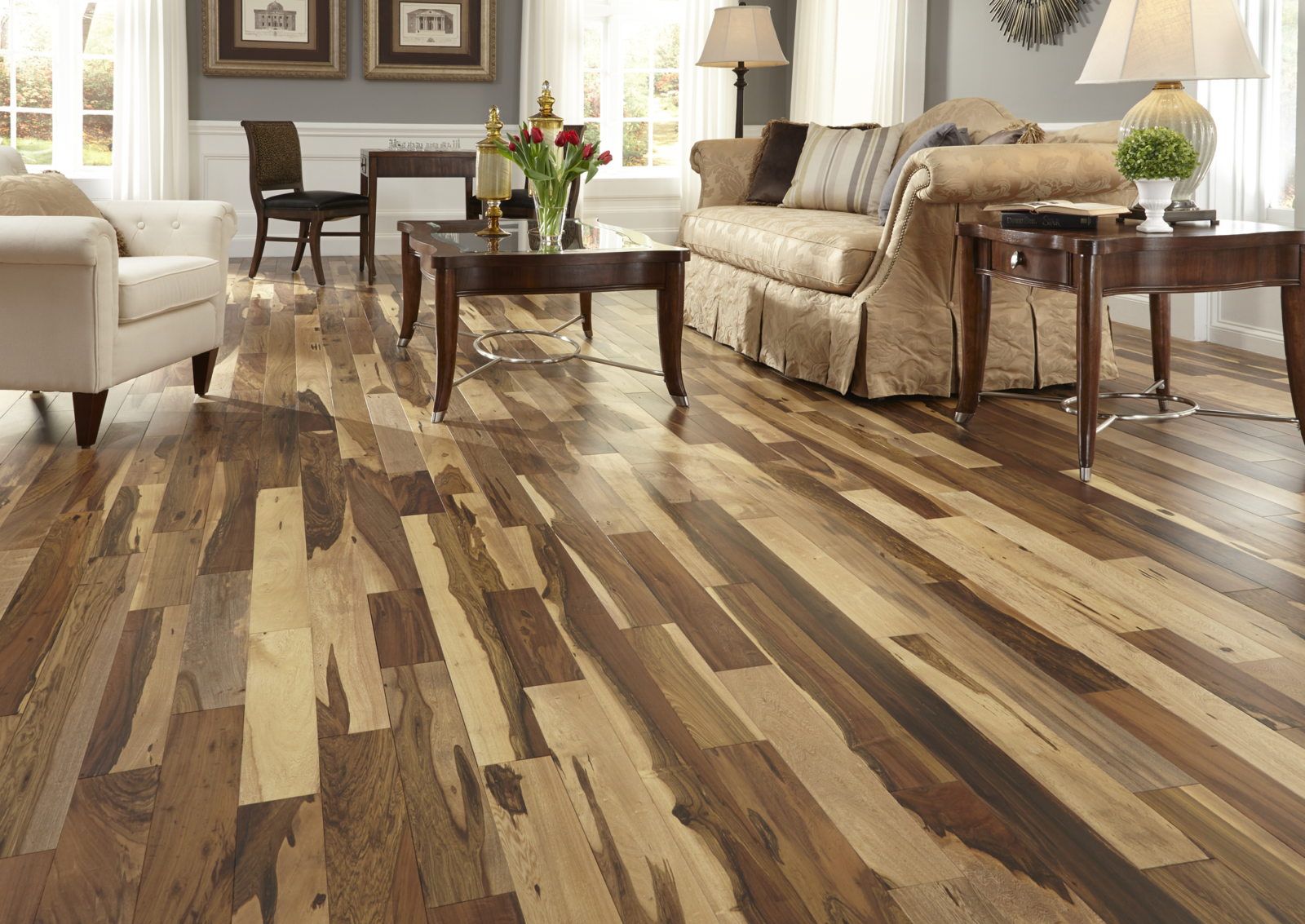
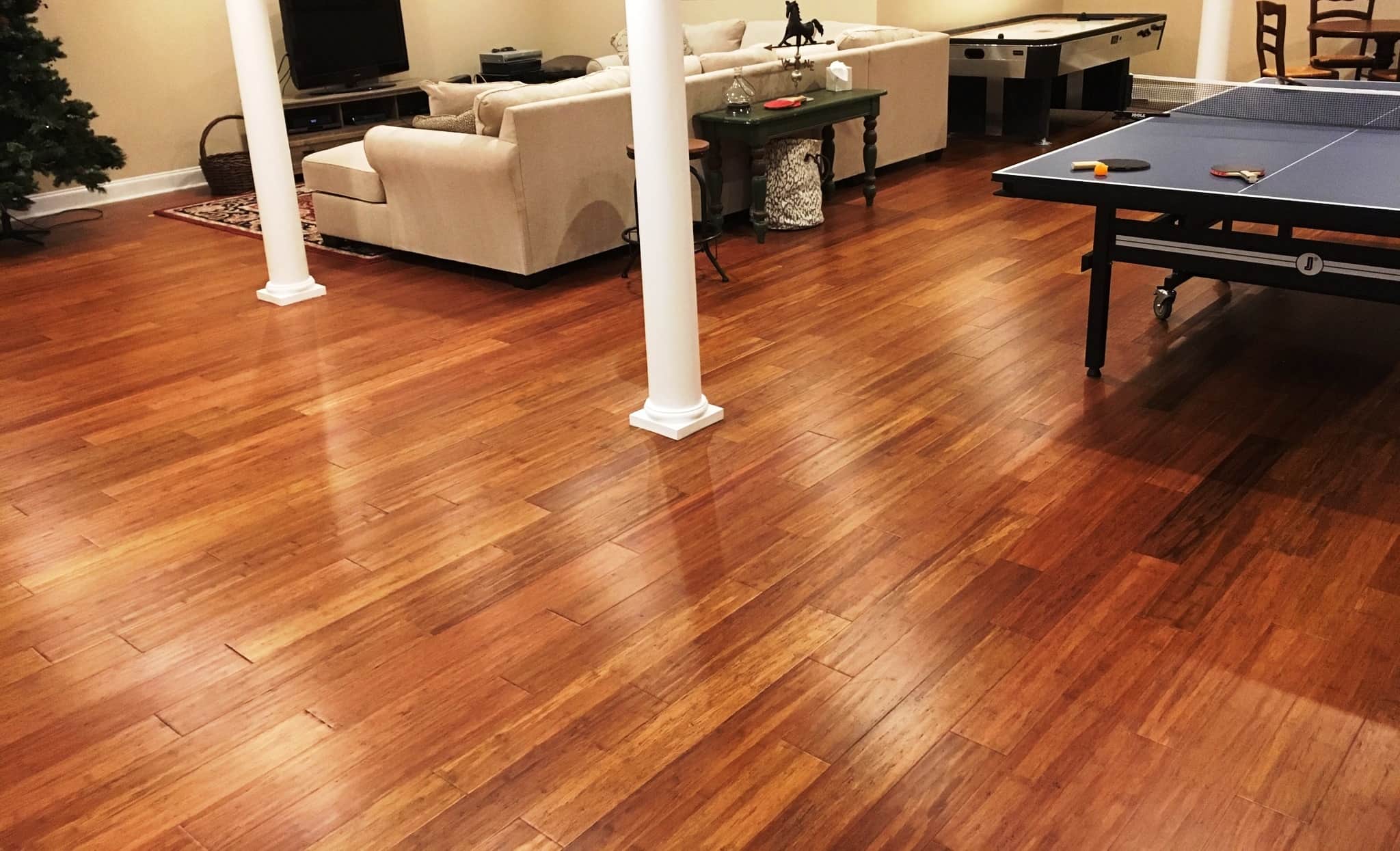
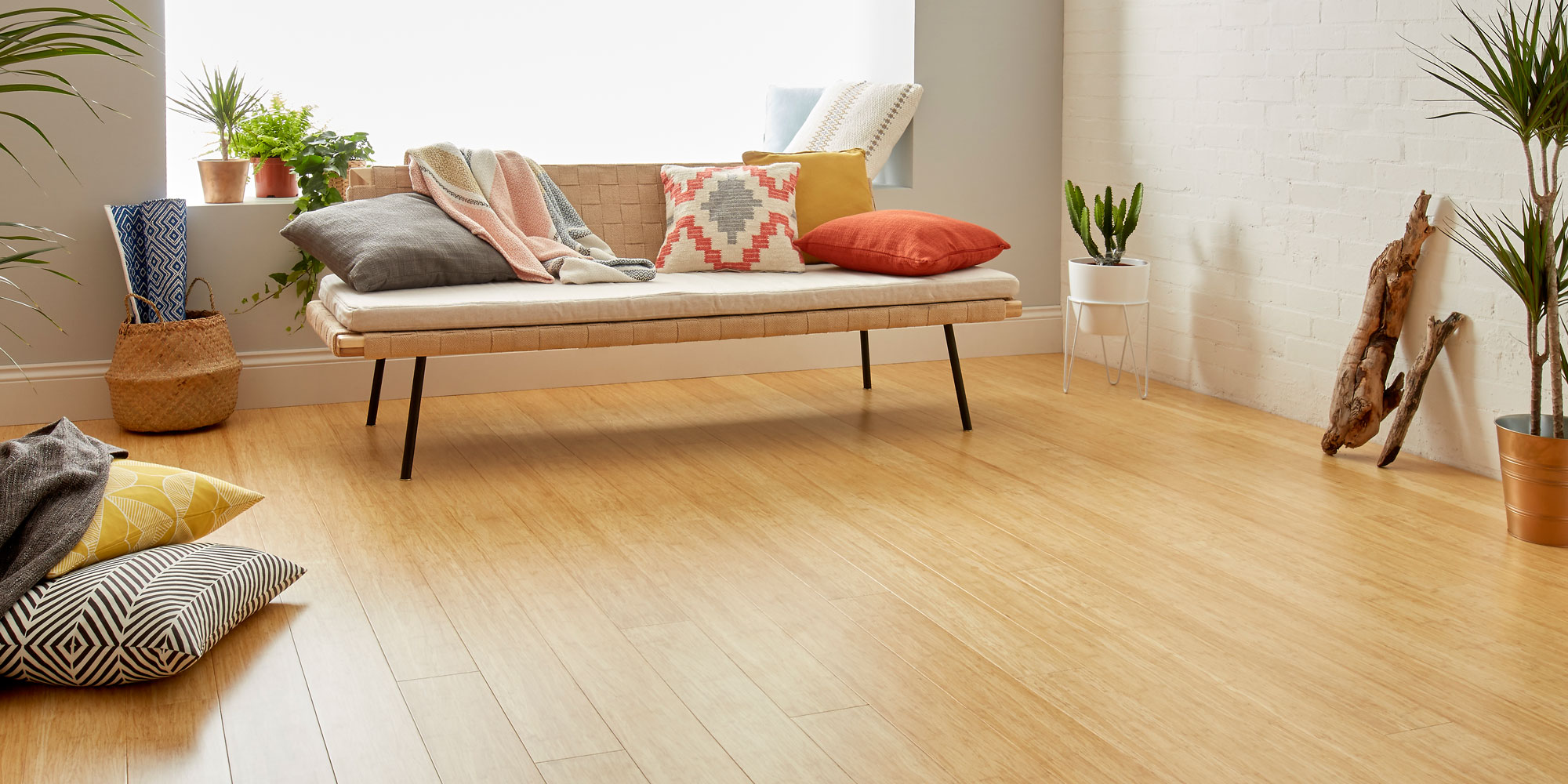




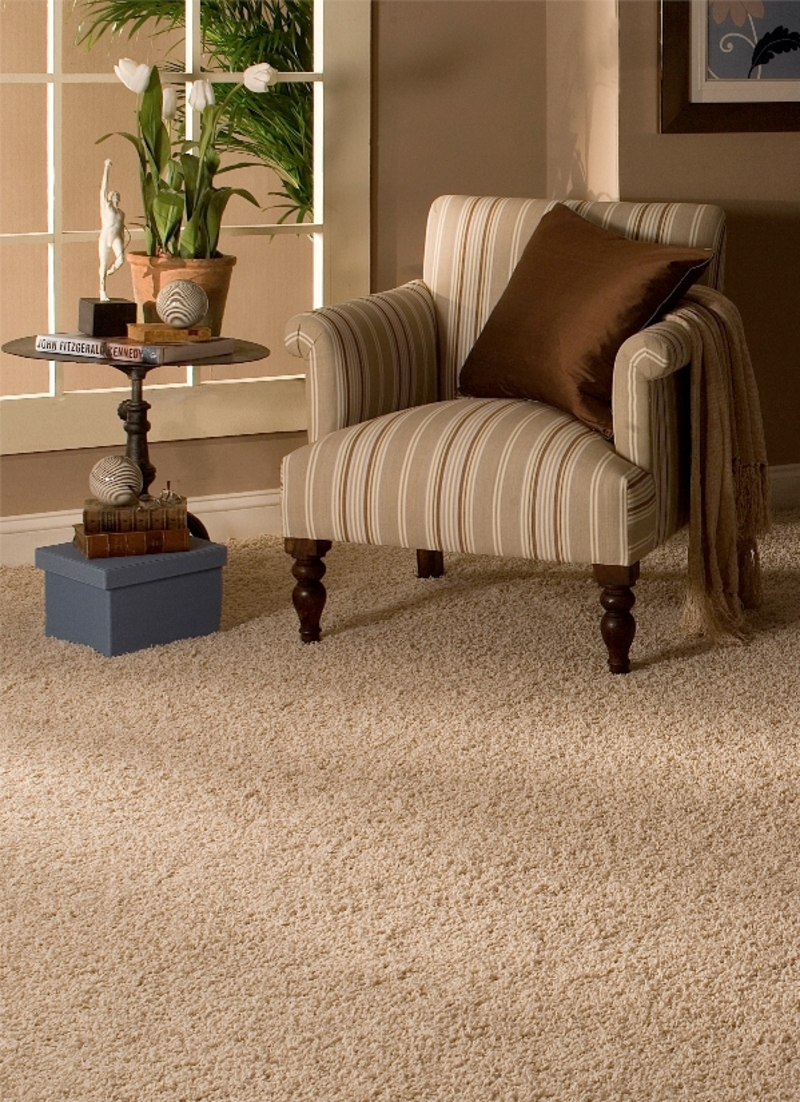



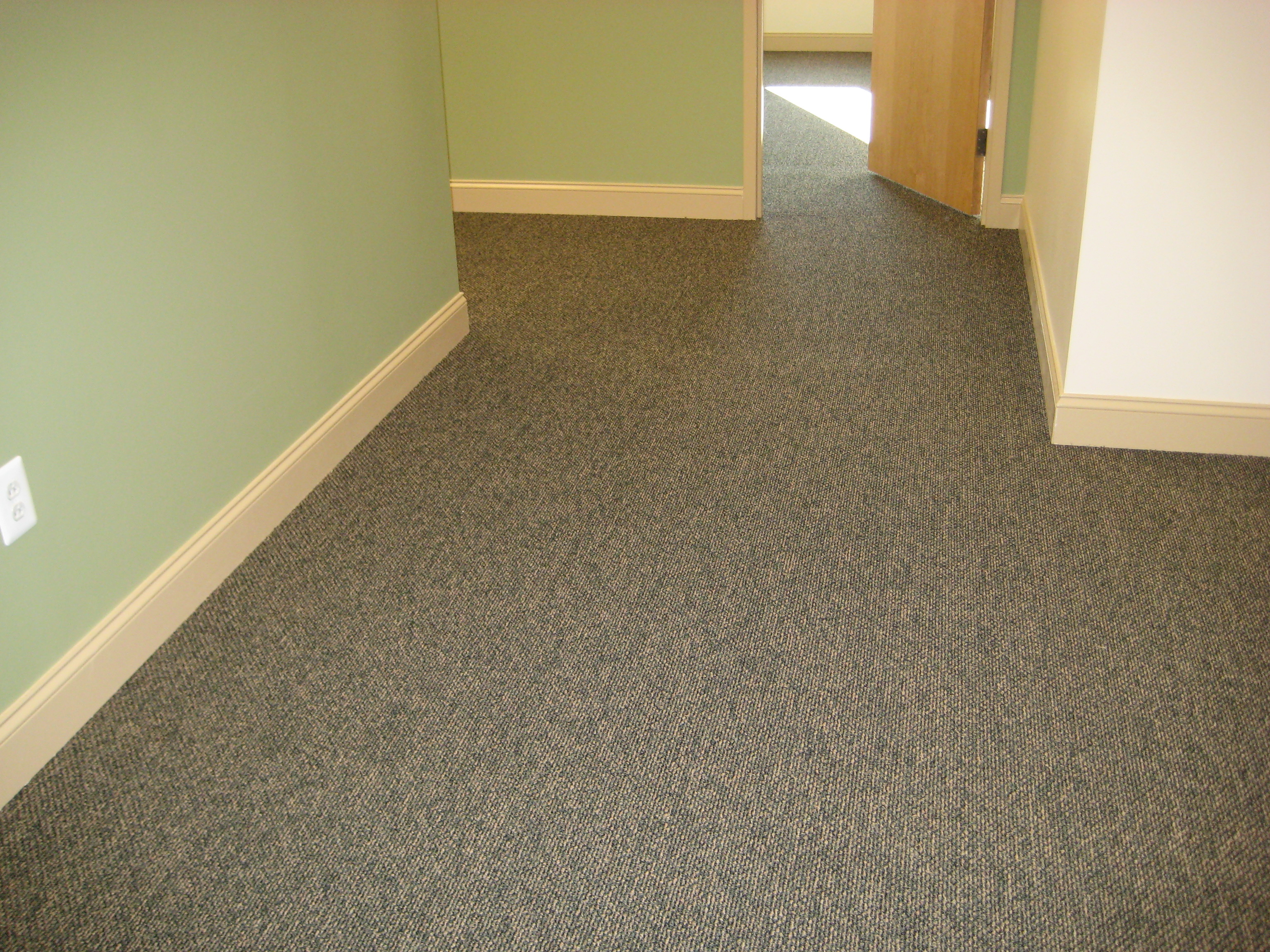

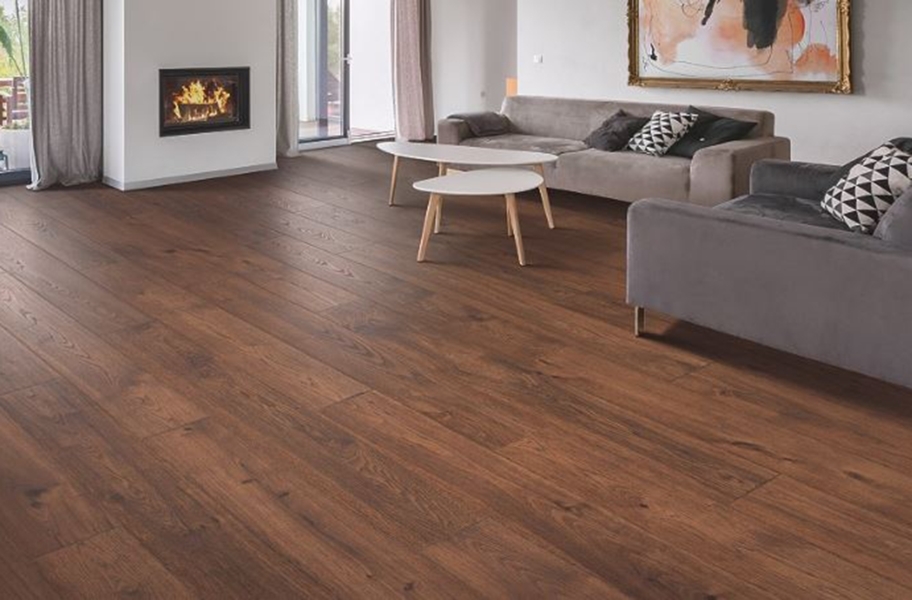


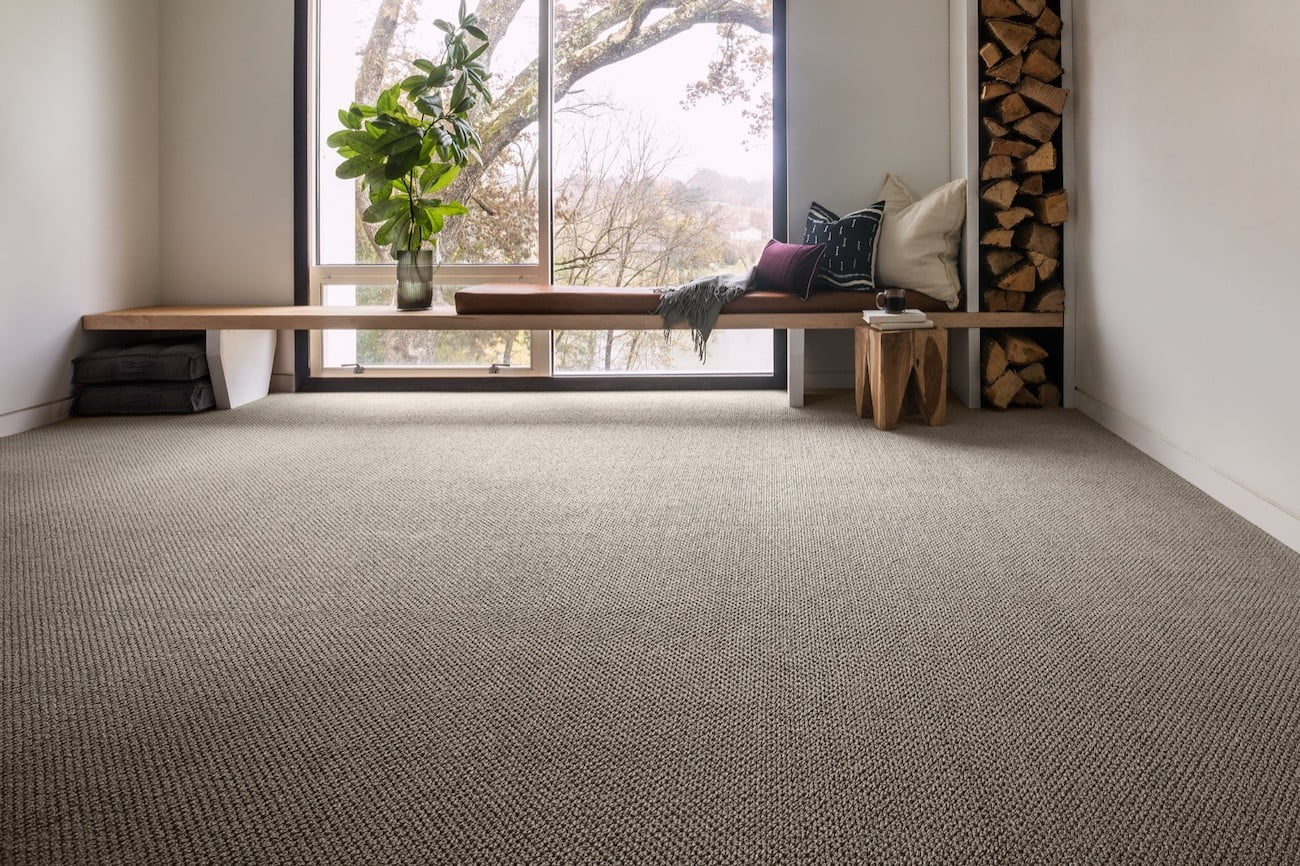

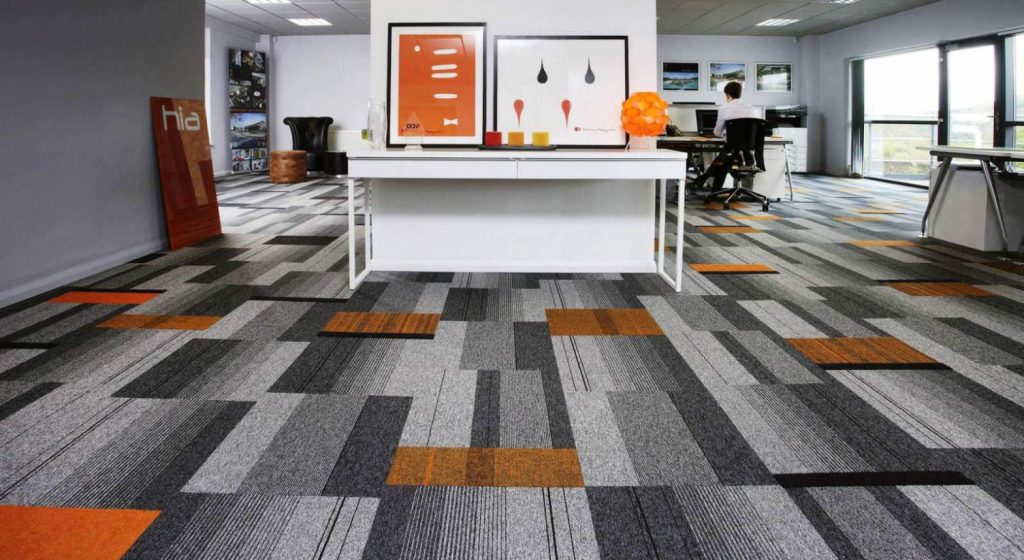

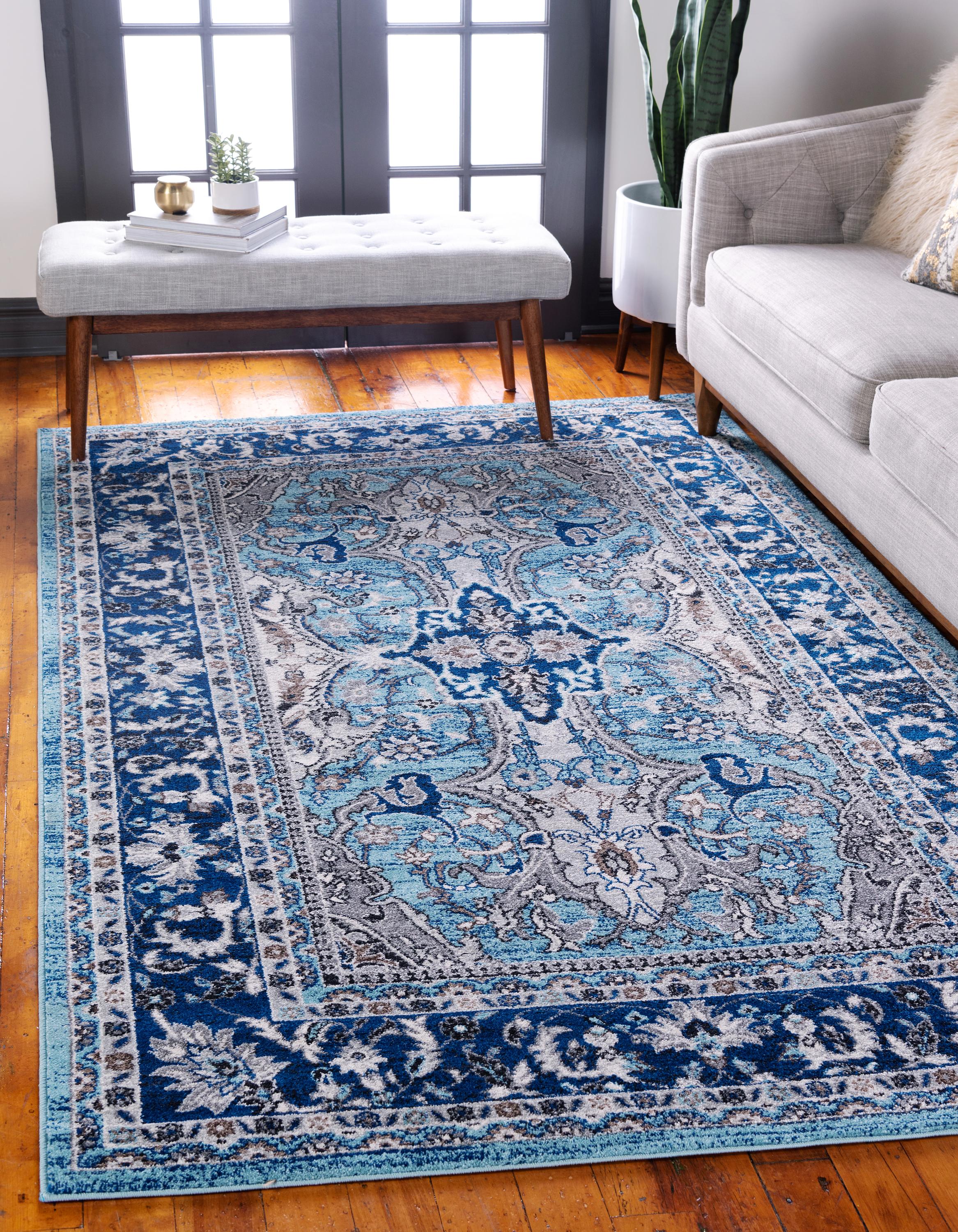


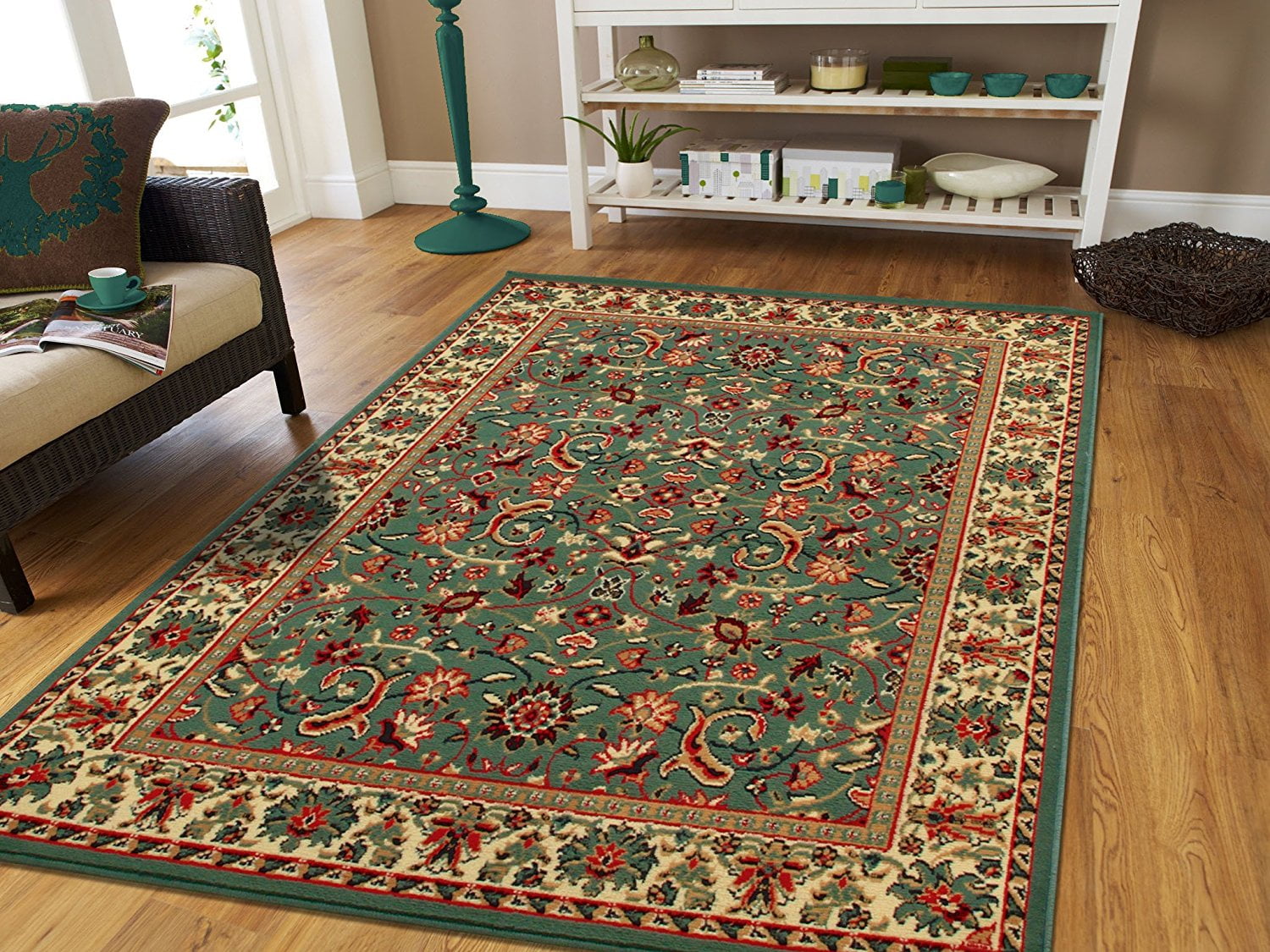
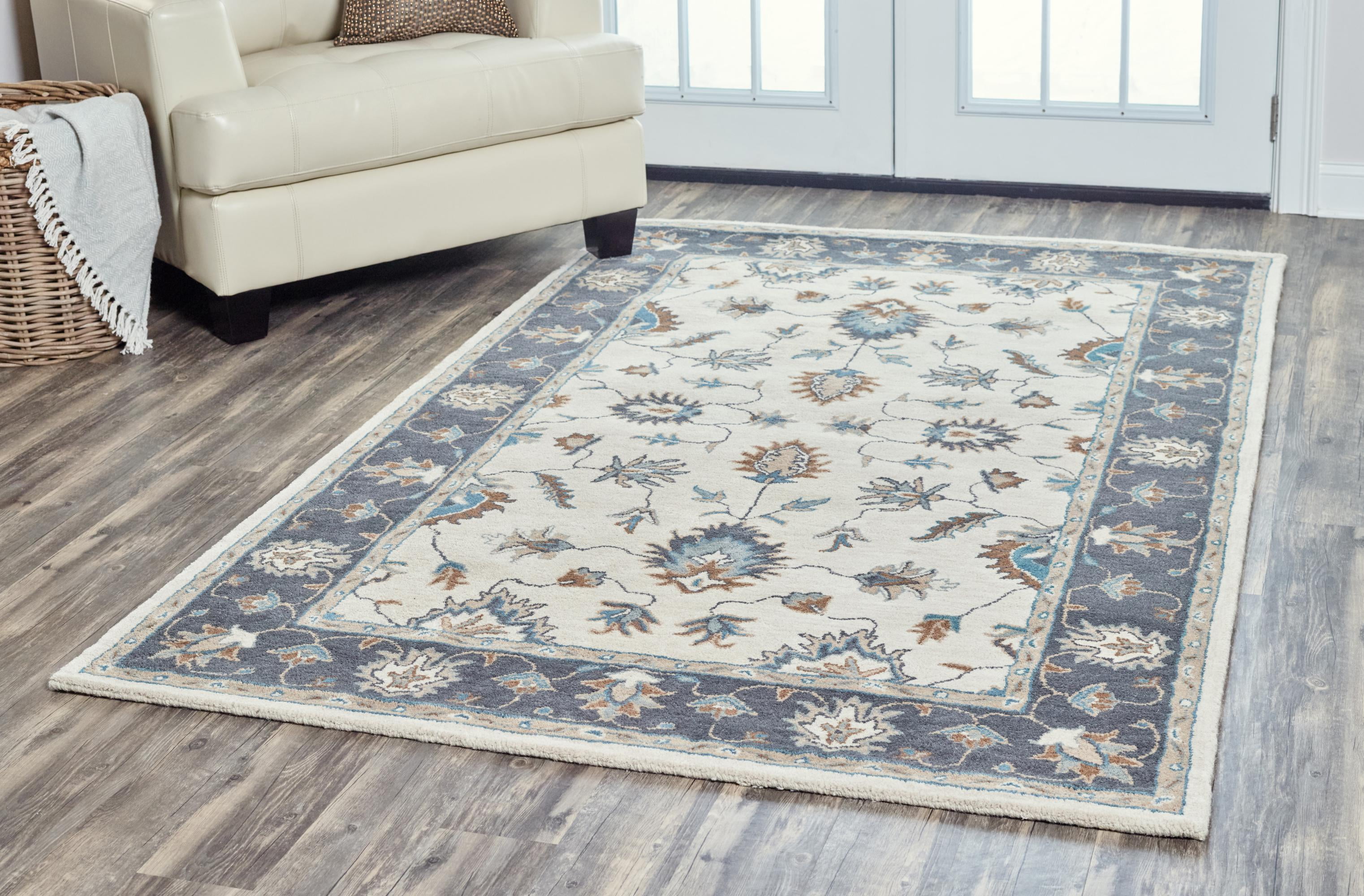

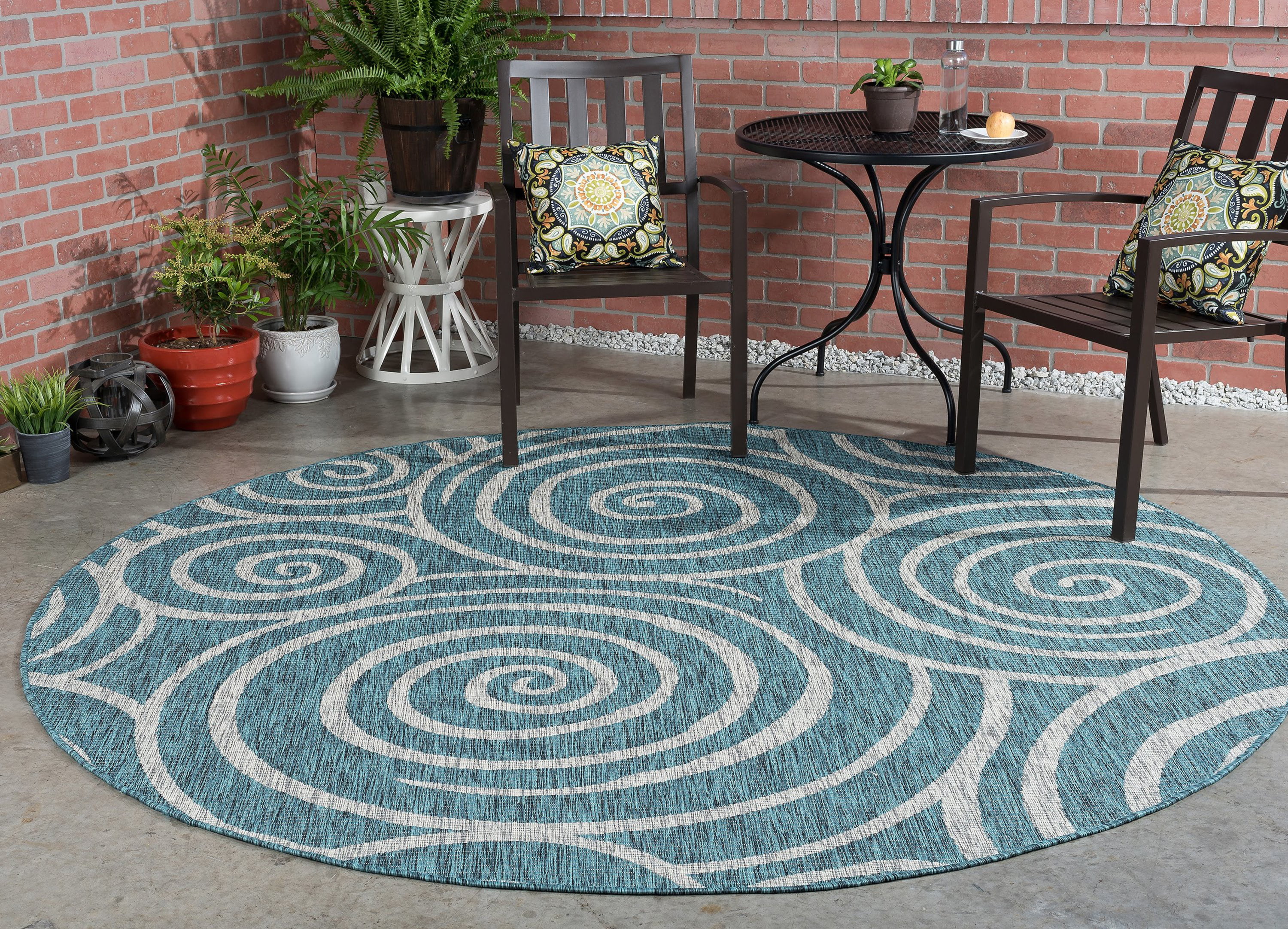
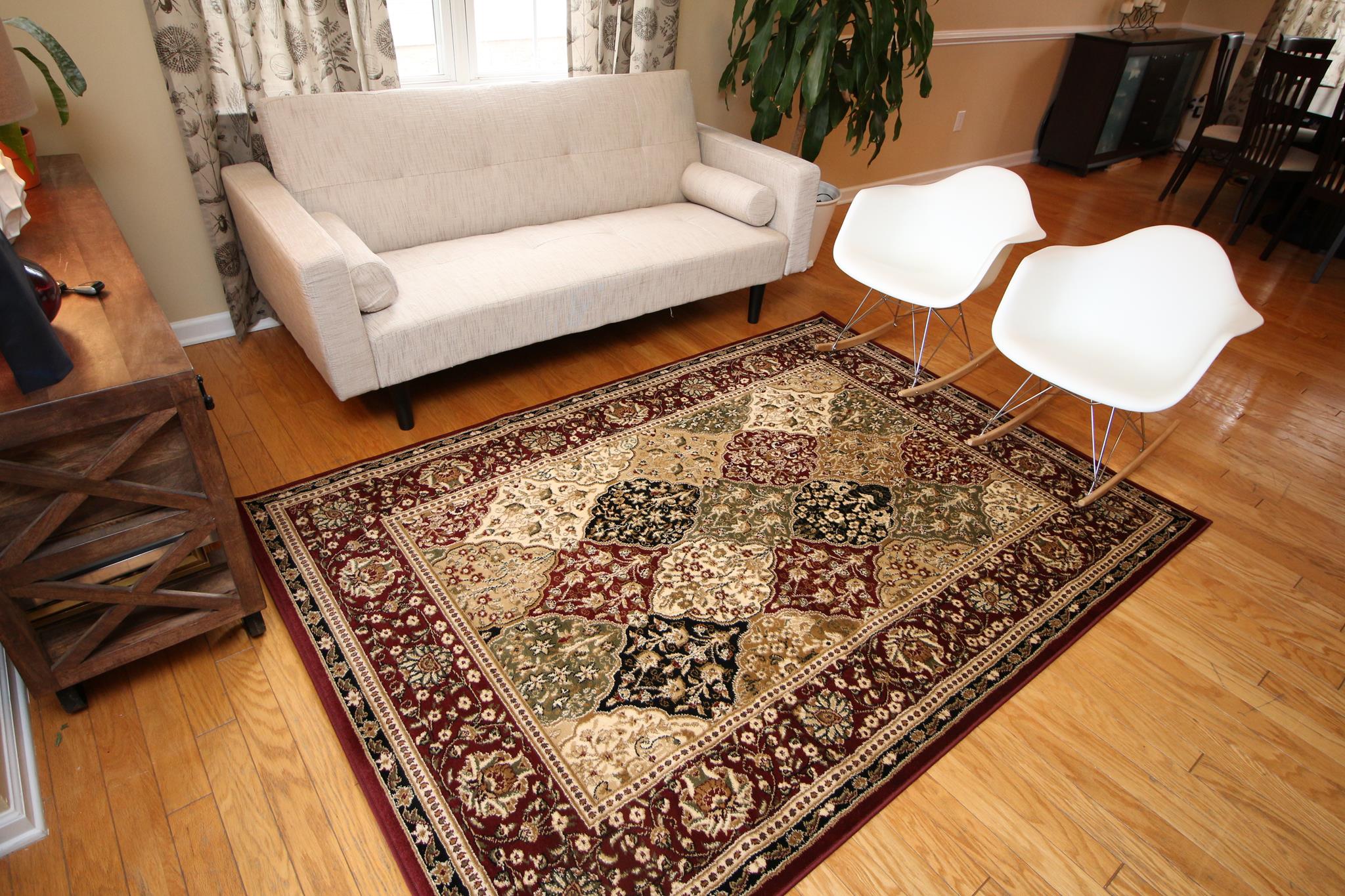
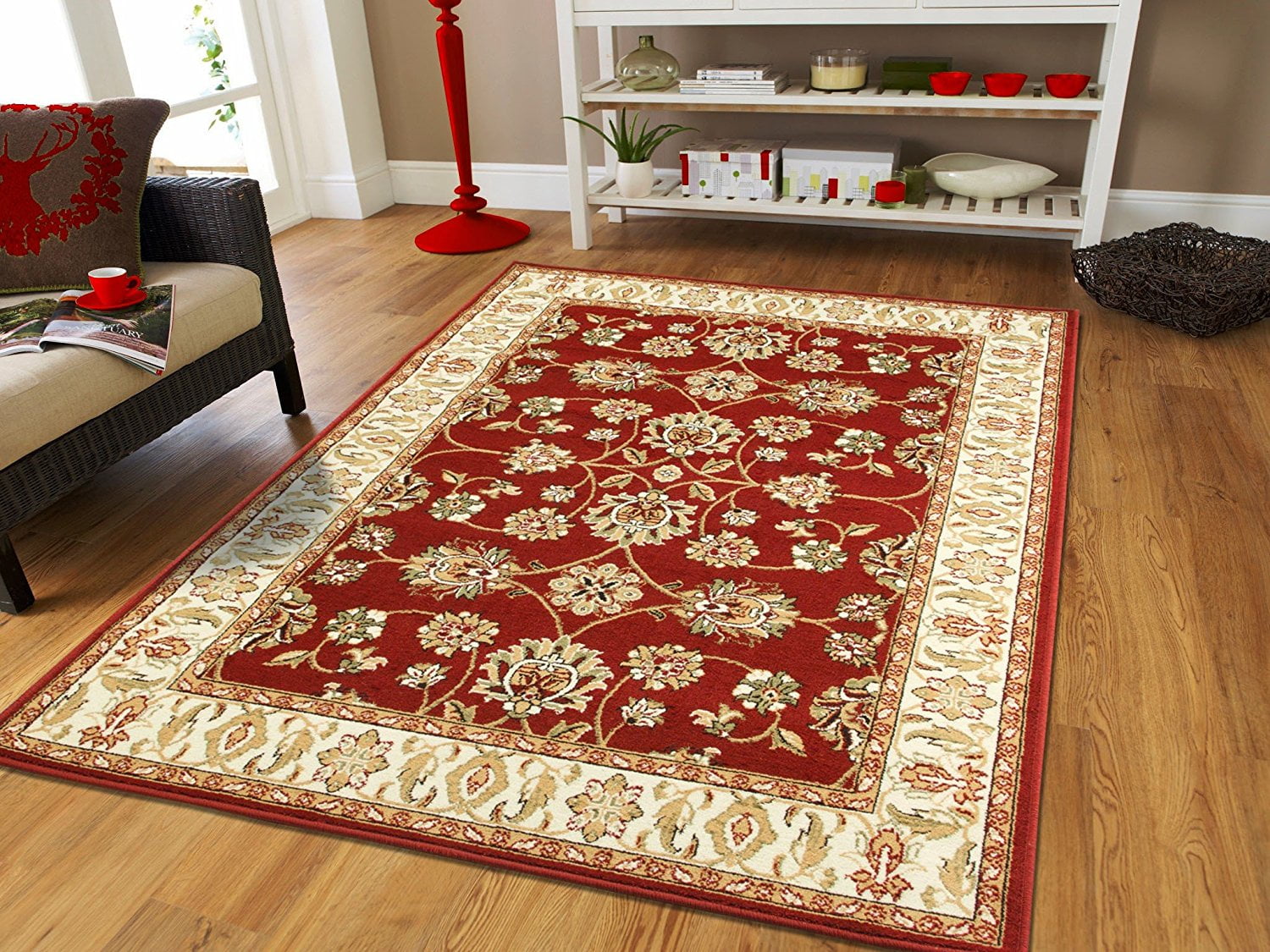
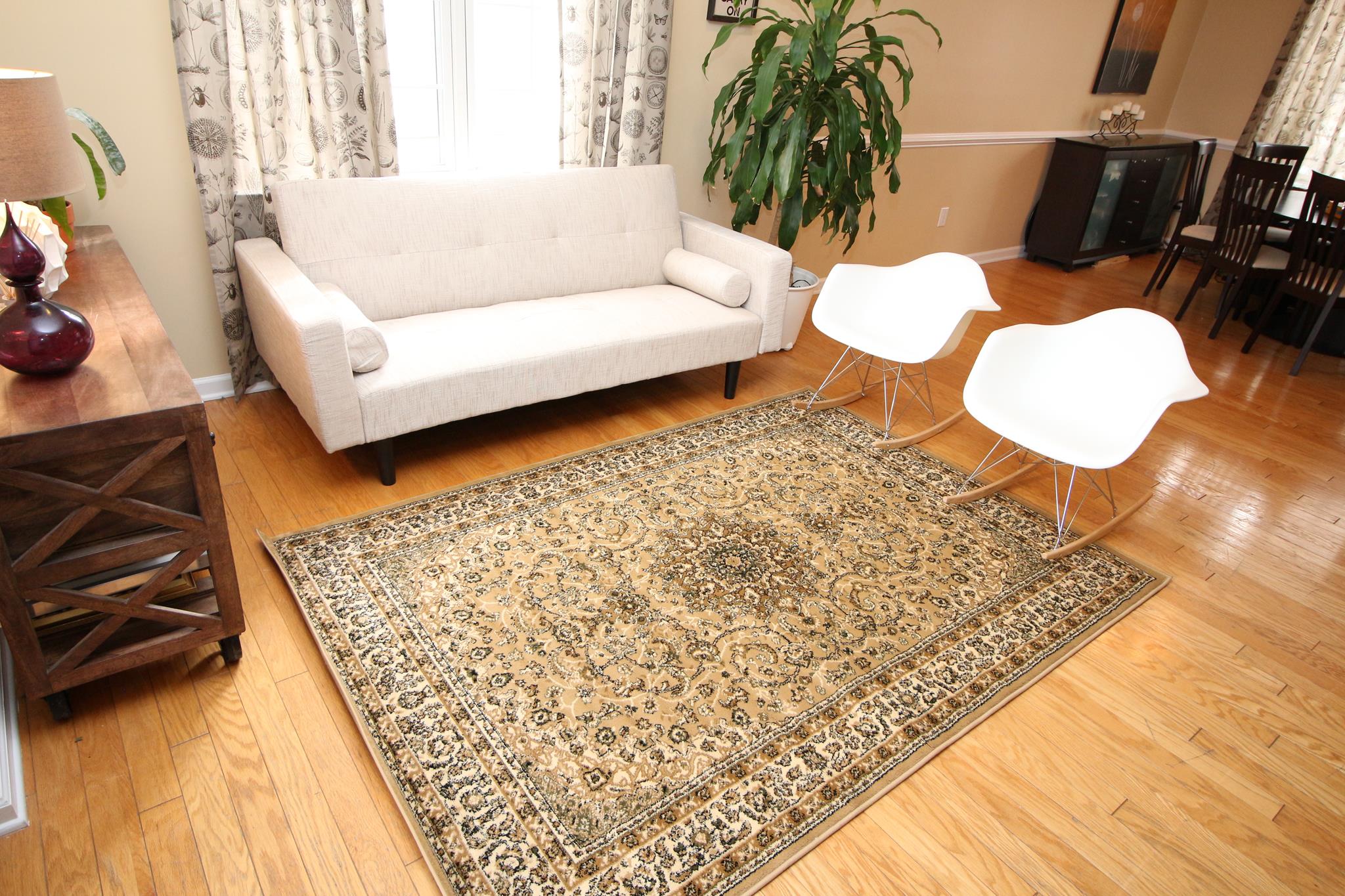
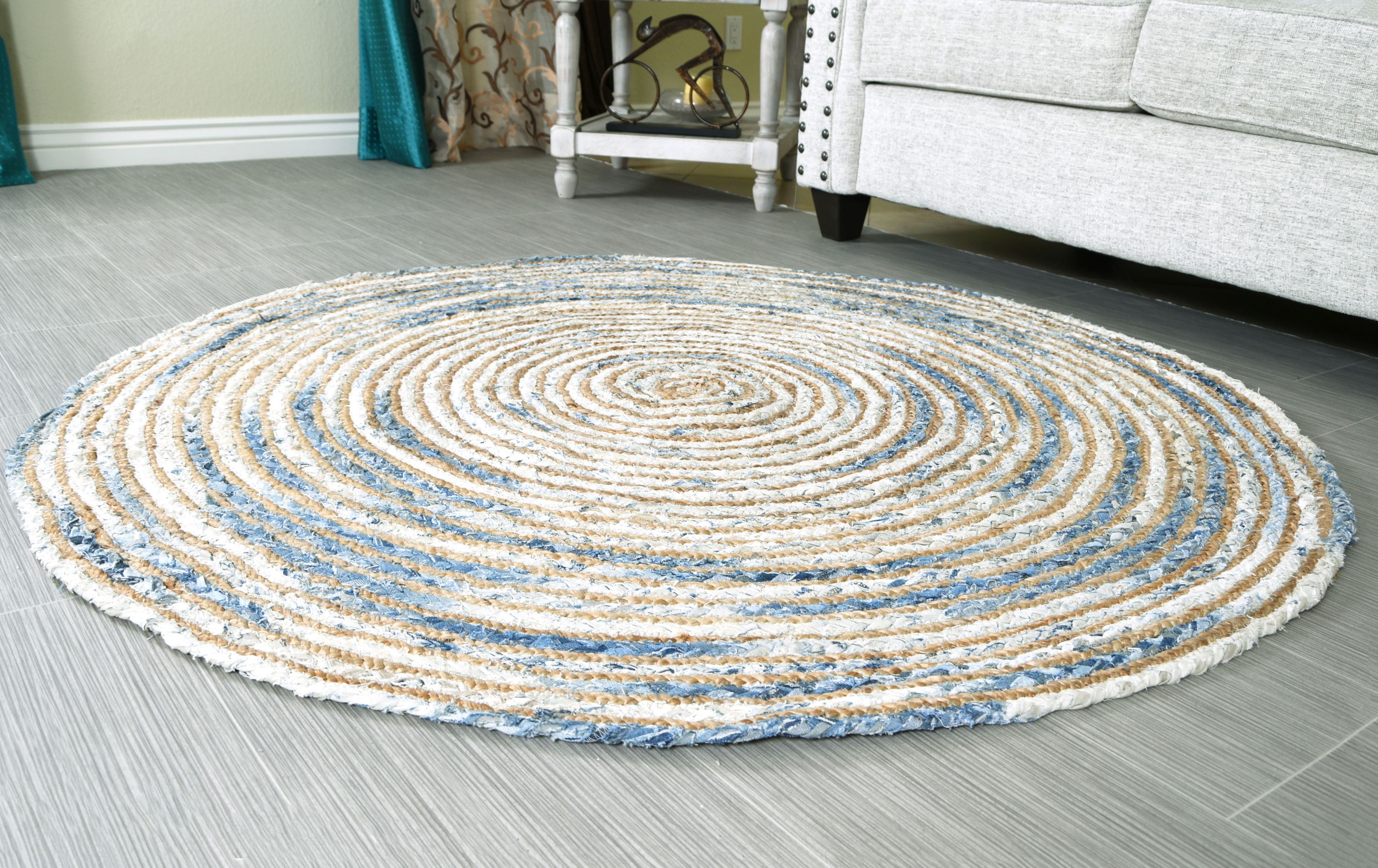




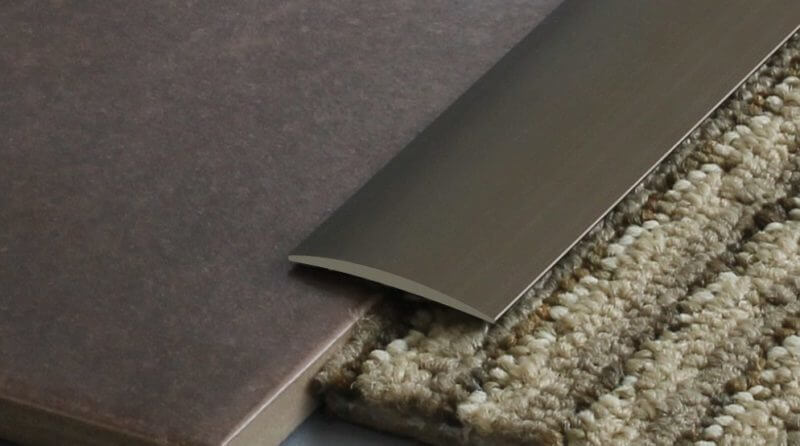
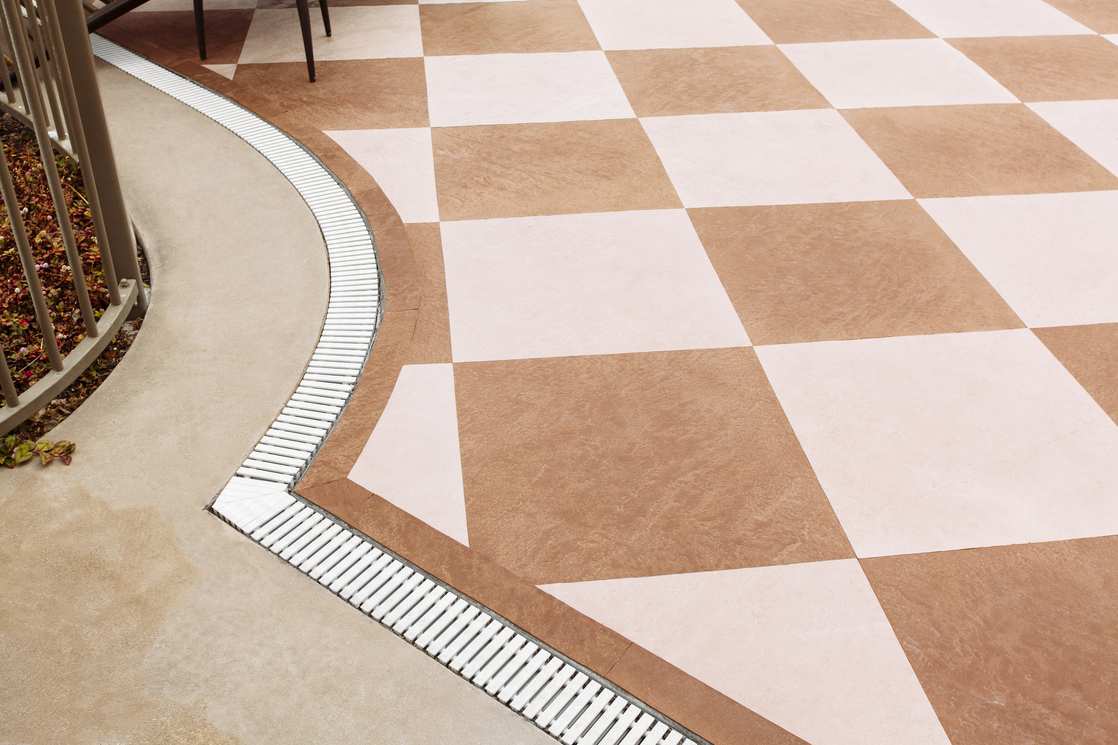


:max_bytes(150000):strip_icc()/guide-to-basic-floor-transition-strips-1821708_03_Tstrip-2b3fdfec2a1b4357bbf998e072927711.jpg)
:max_bytes(150000):strip_icc()/guide-to-basic-floor-transition-strips-1821708_02_4in1_3222-6a588d0ec9f14ff7b8181f3dbda5e947.jpg)
:max_bytes(150000):strip_icc()/guide-to-basic-floor-transition-strips-1821708_01_carpet_tile_3217-652f11bc2b4d4fce987d67203d4888d2.jpg)
:max_bytes(150000):strip_icc()/tile-floor-transition-1821636-272ff723d4274a05a08f60f28a112871.jpg)


